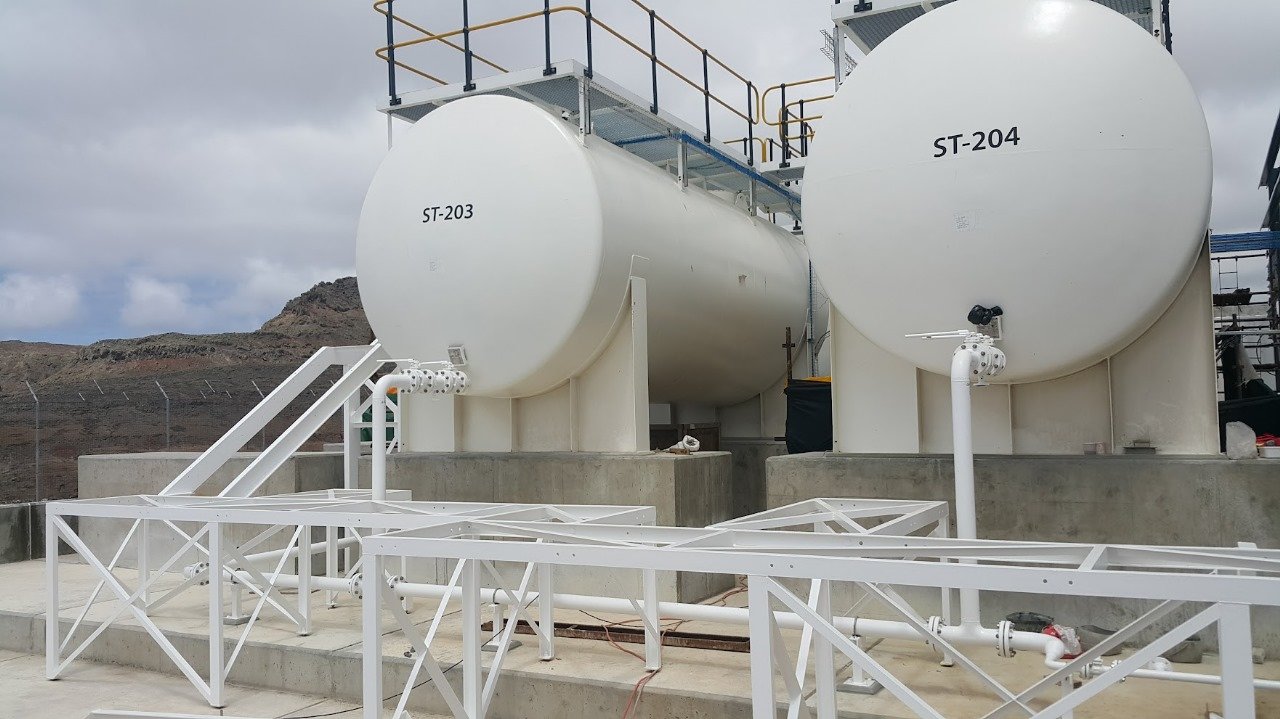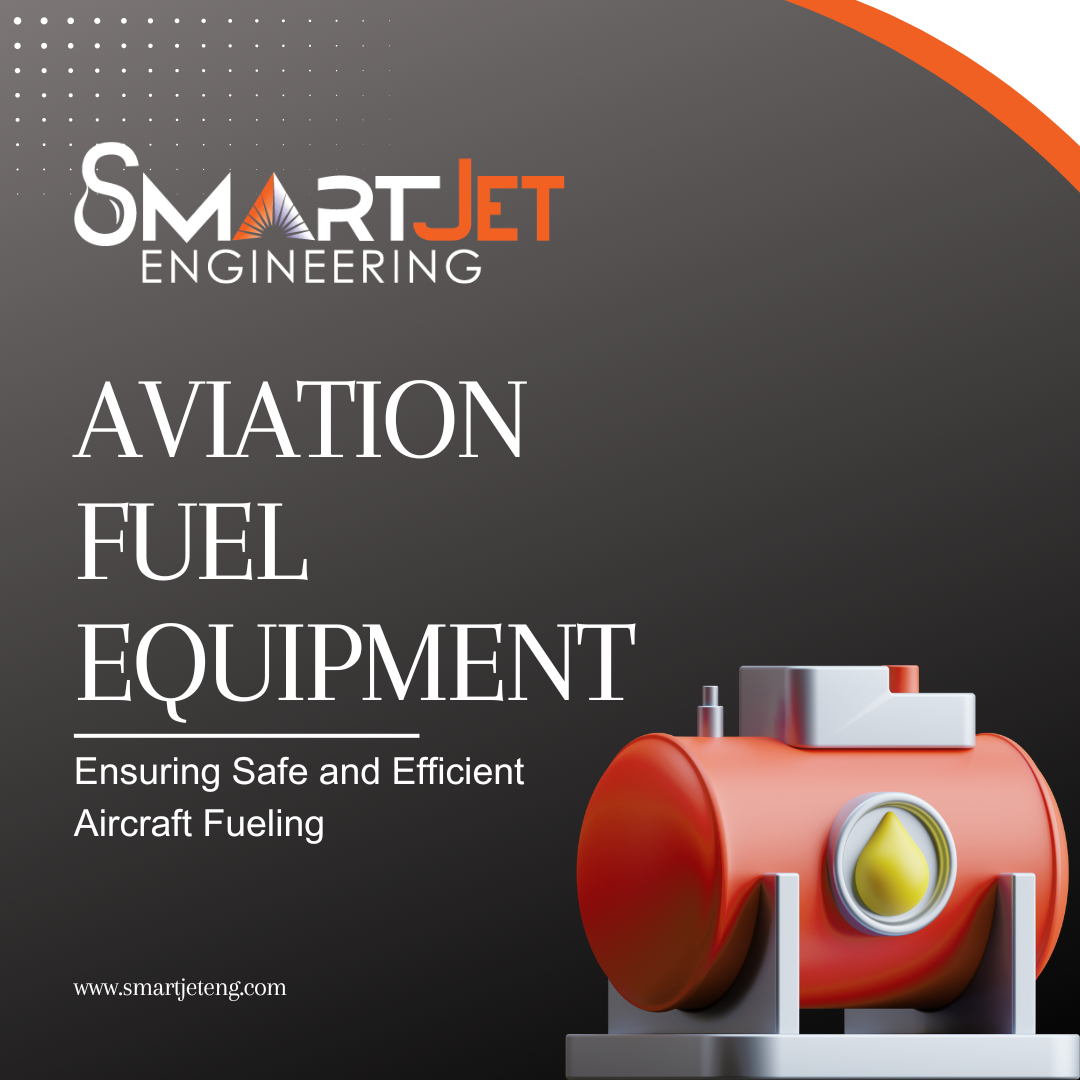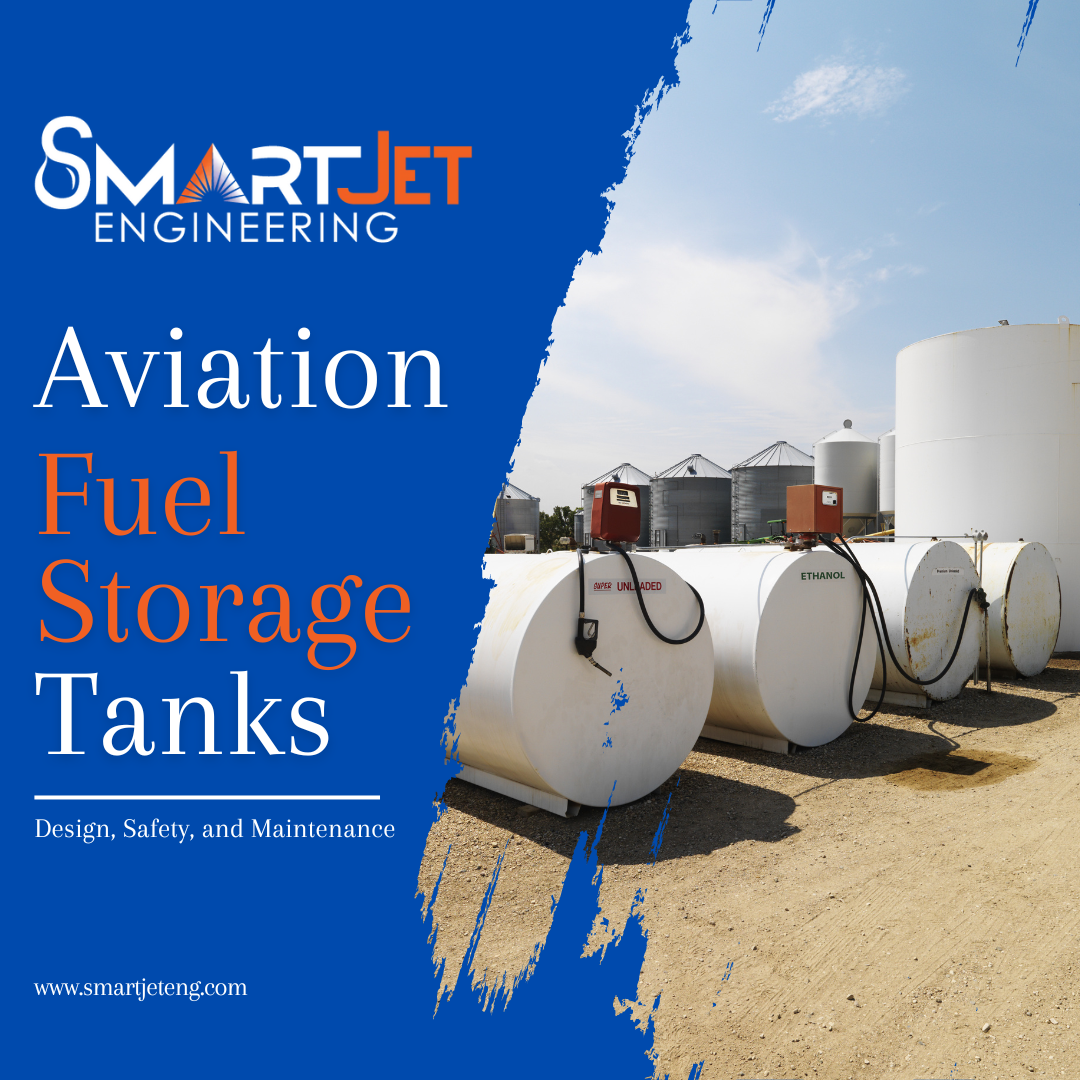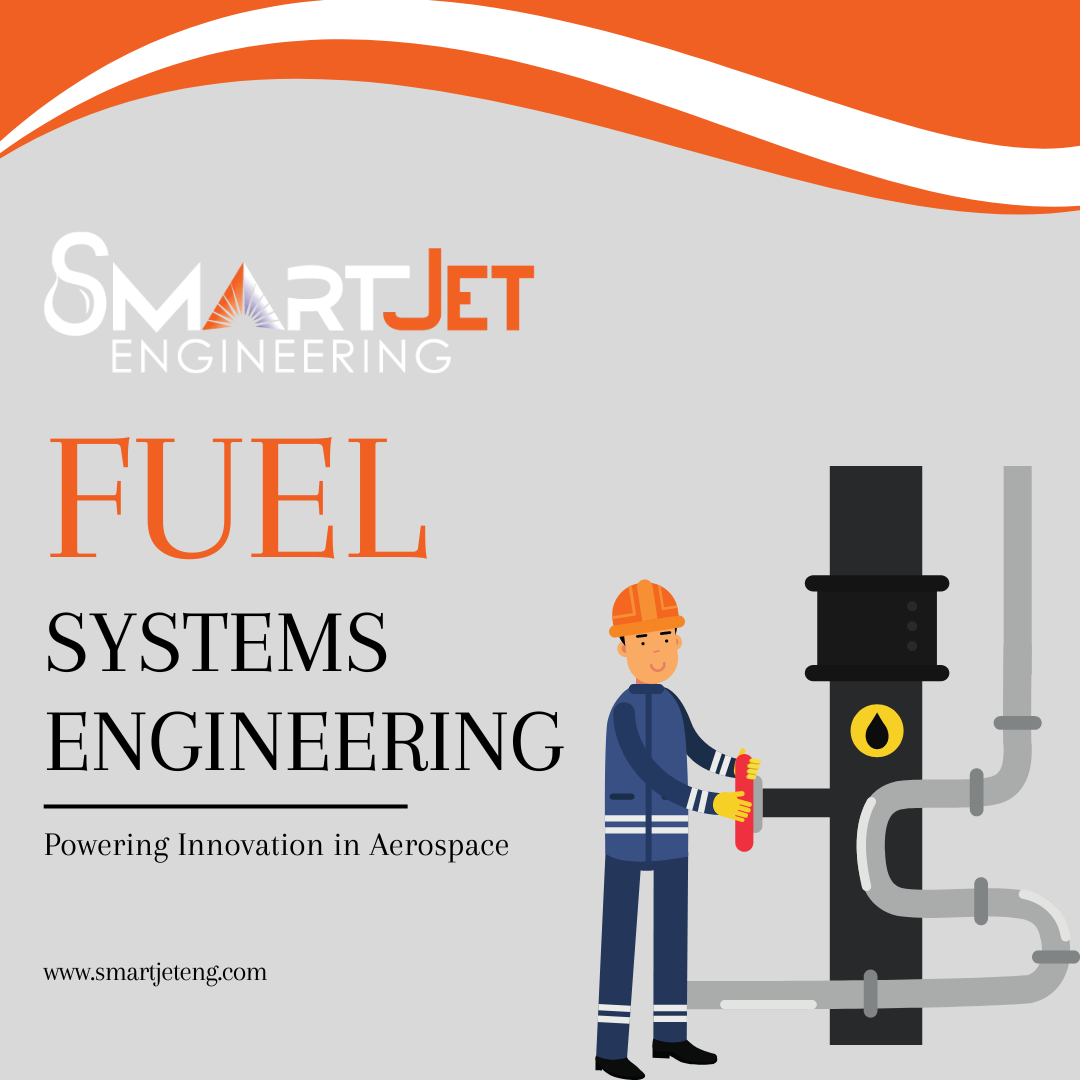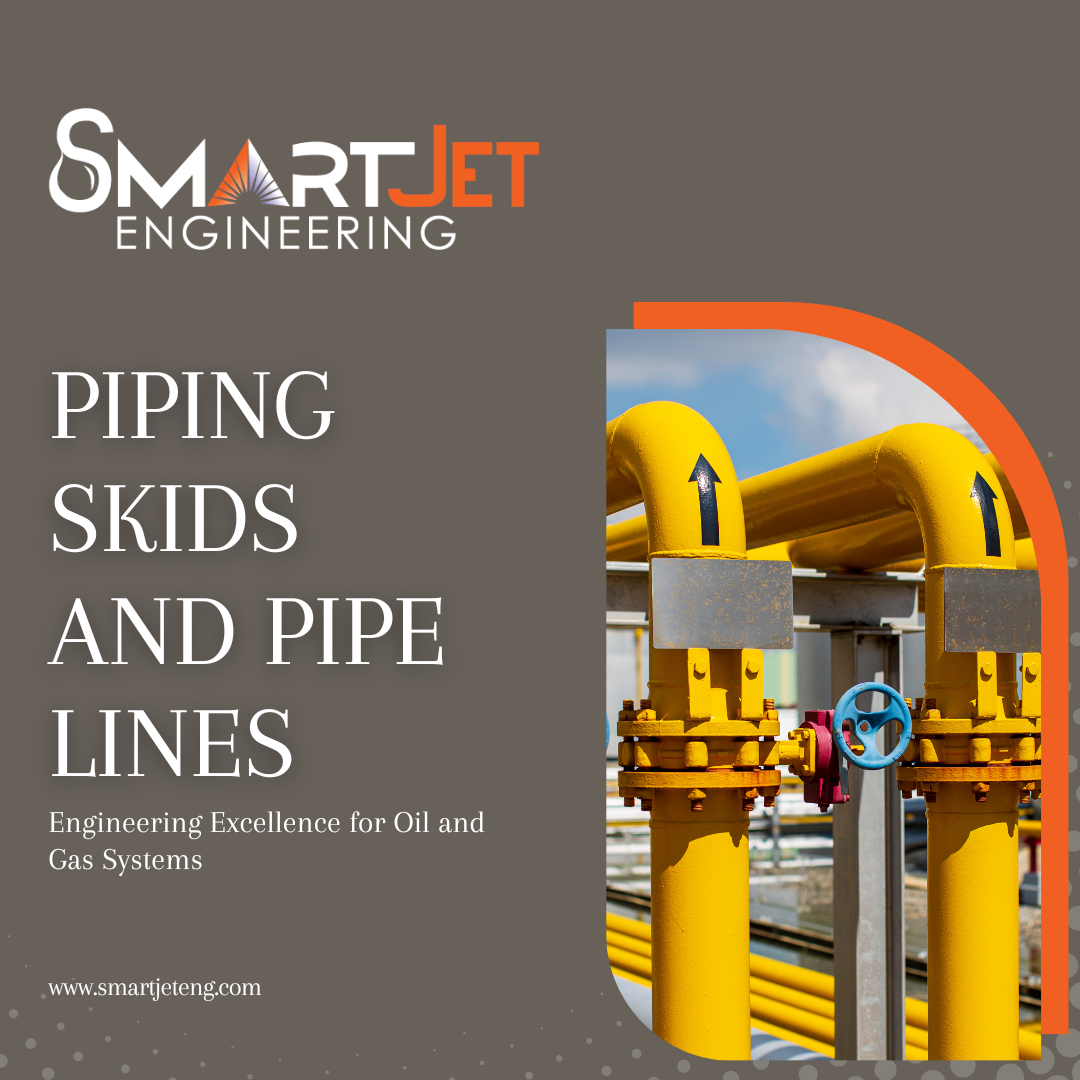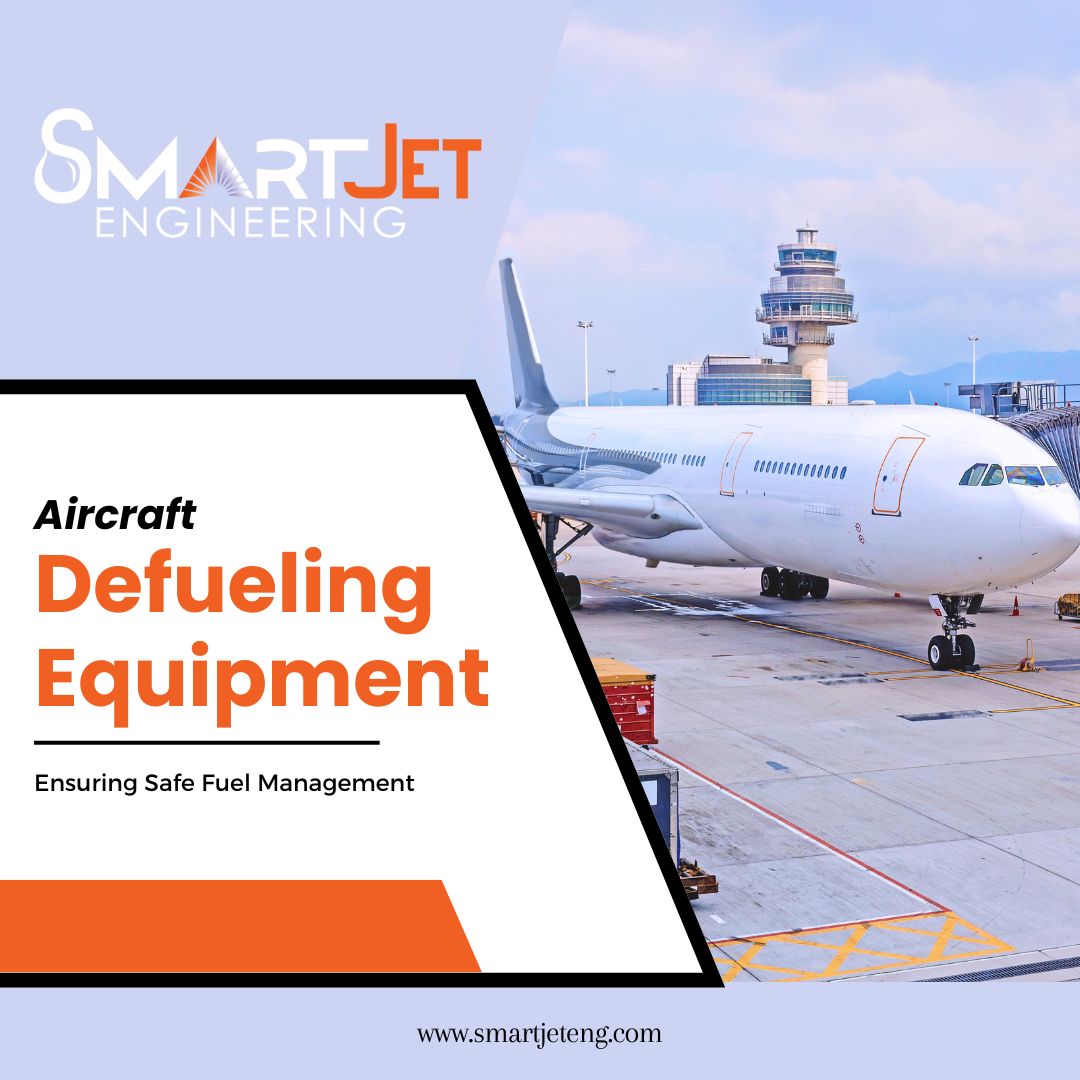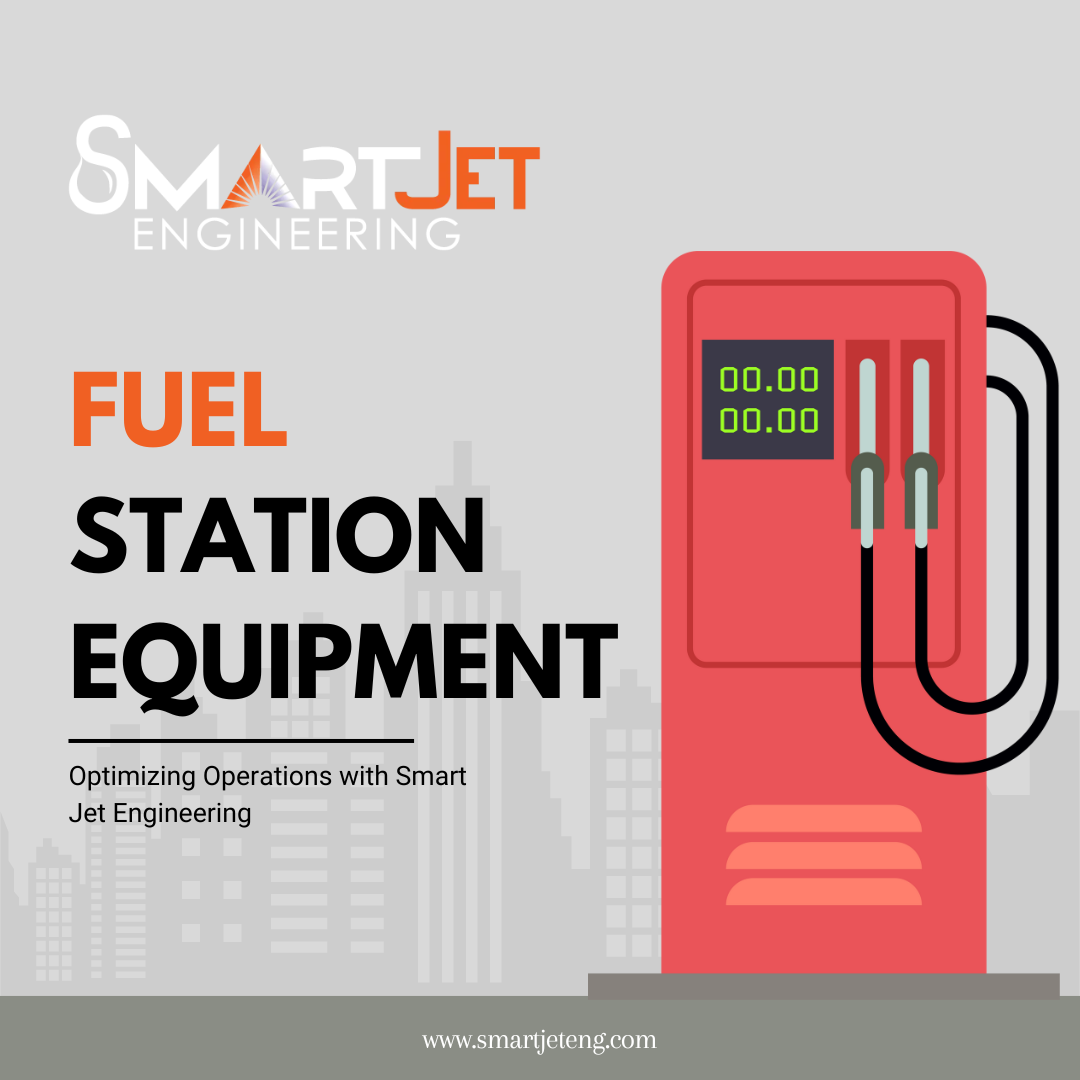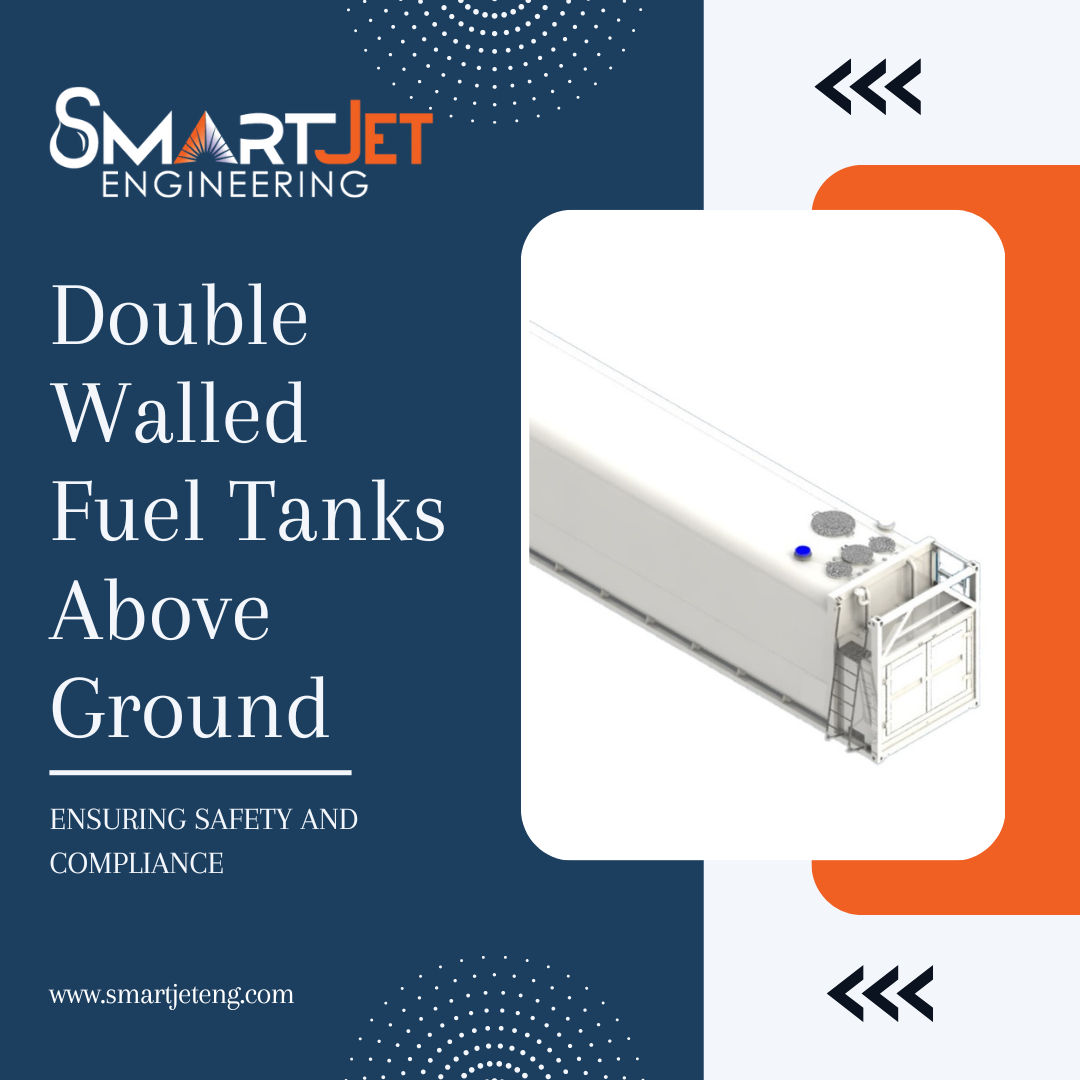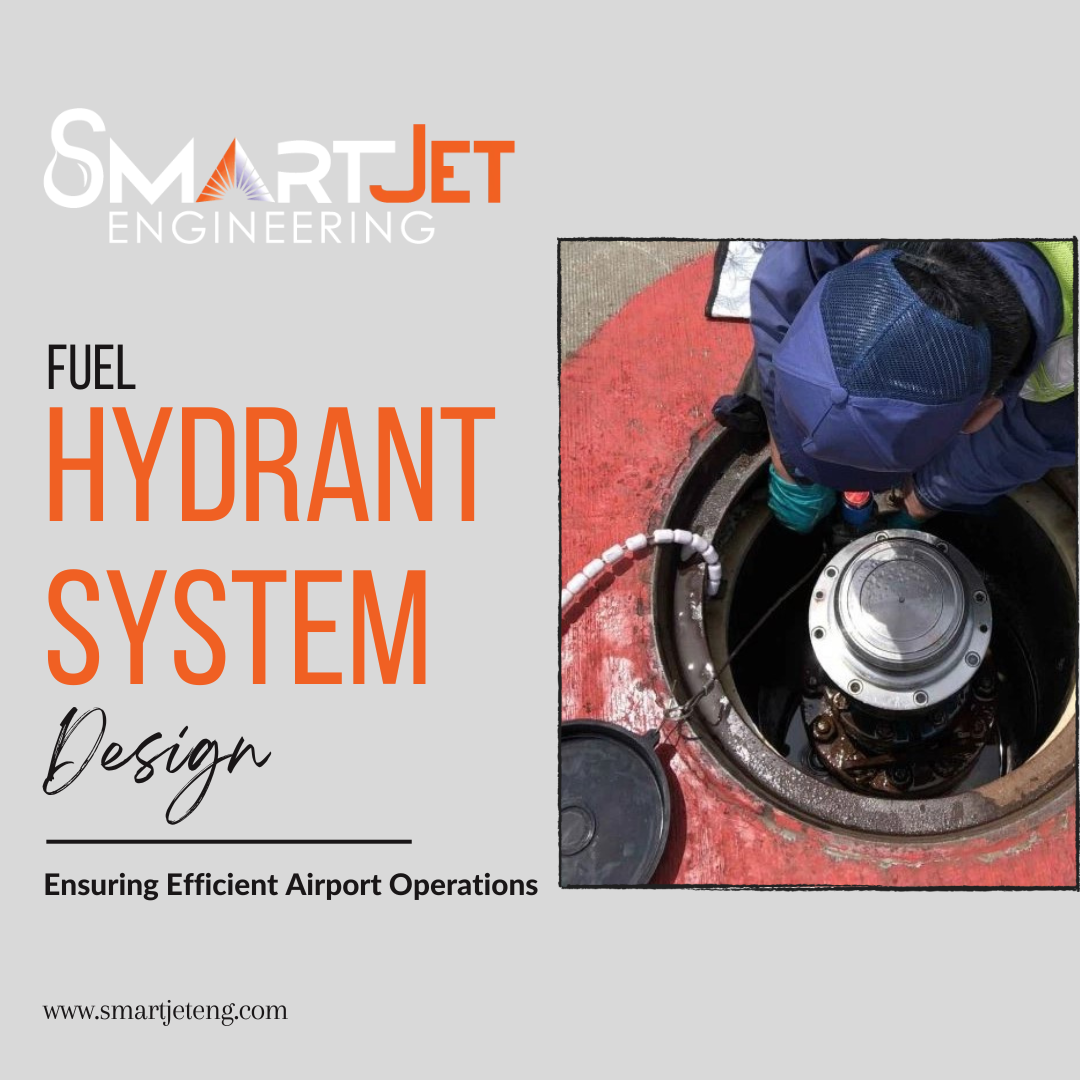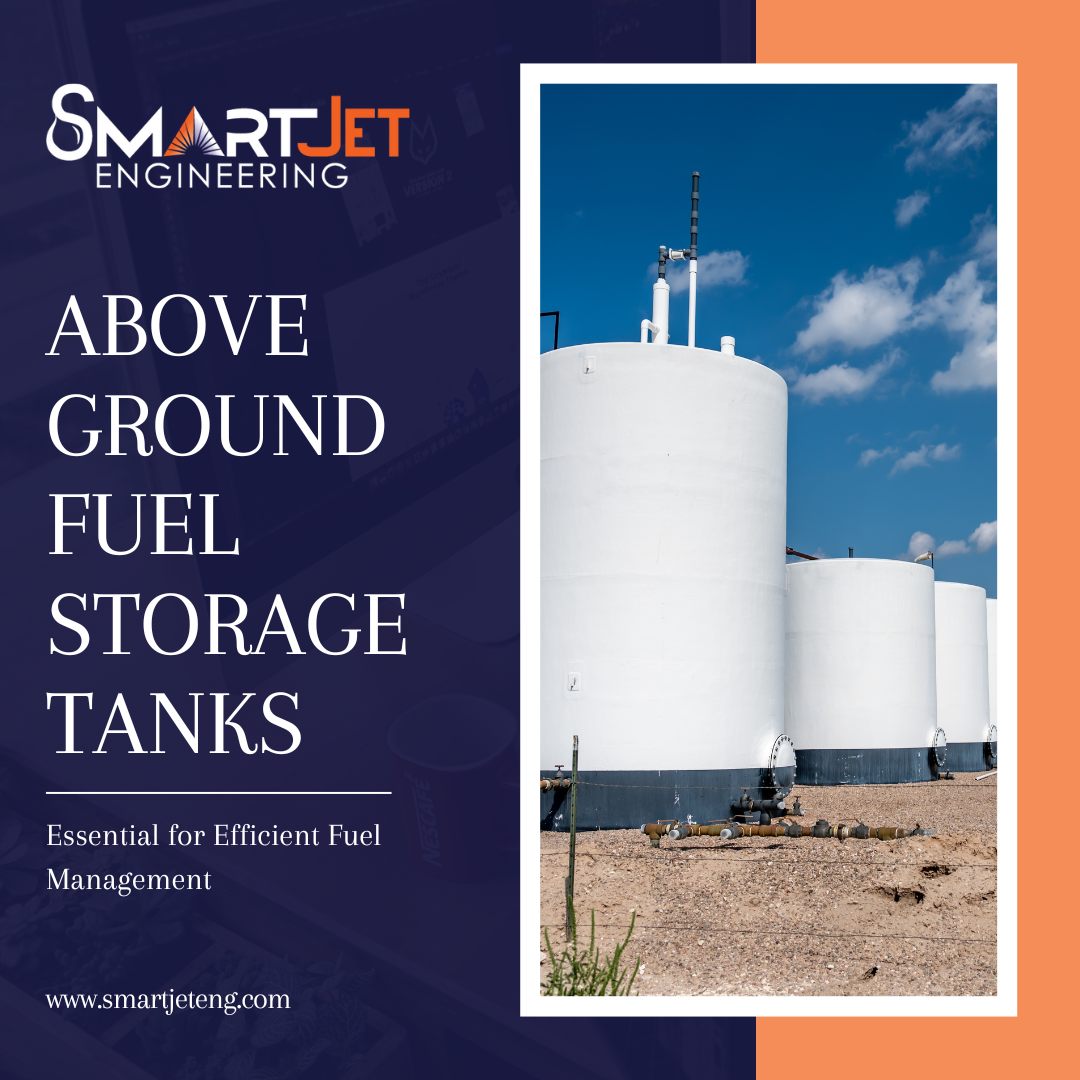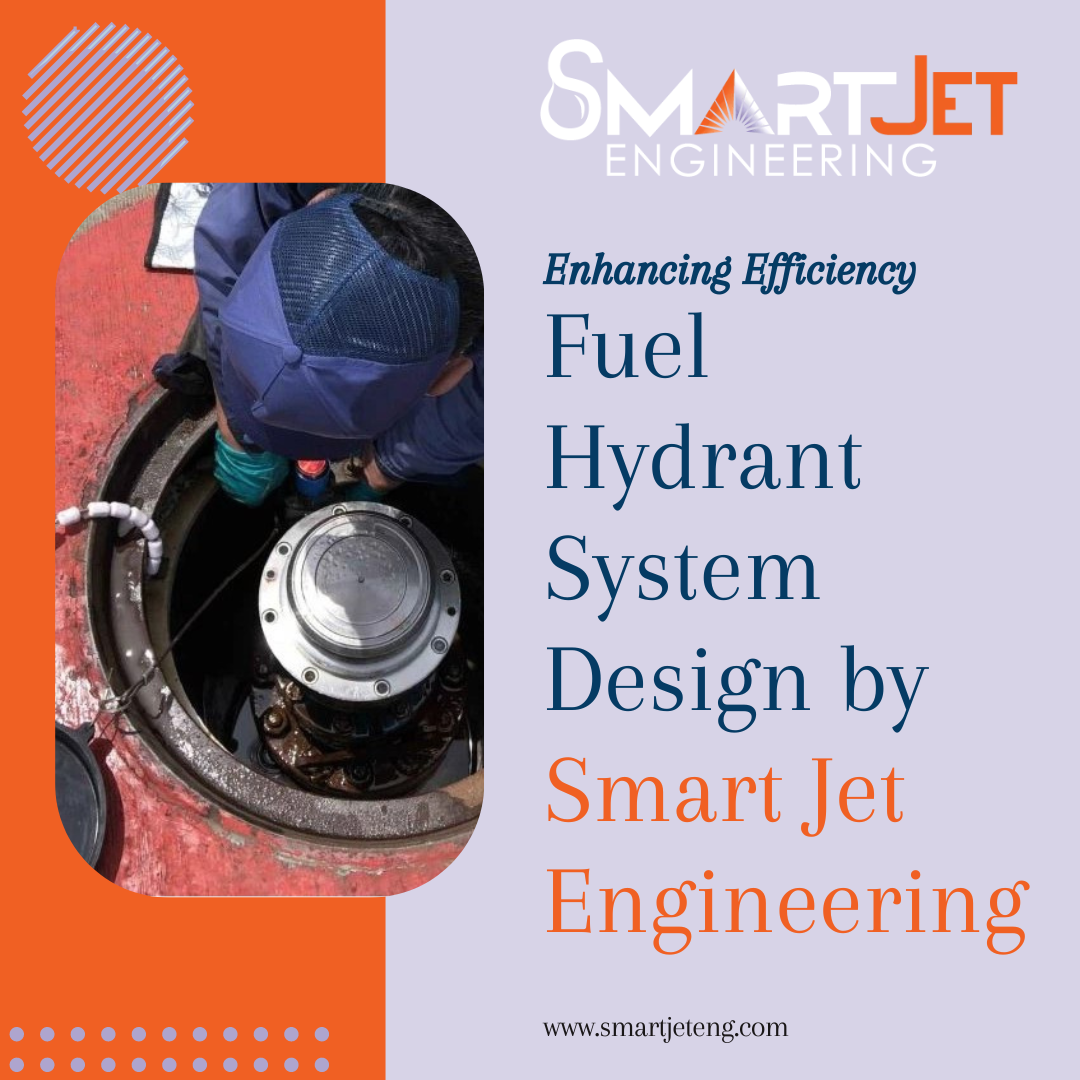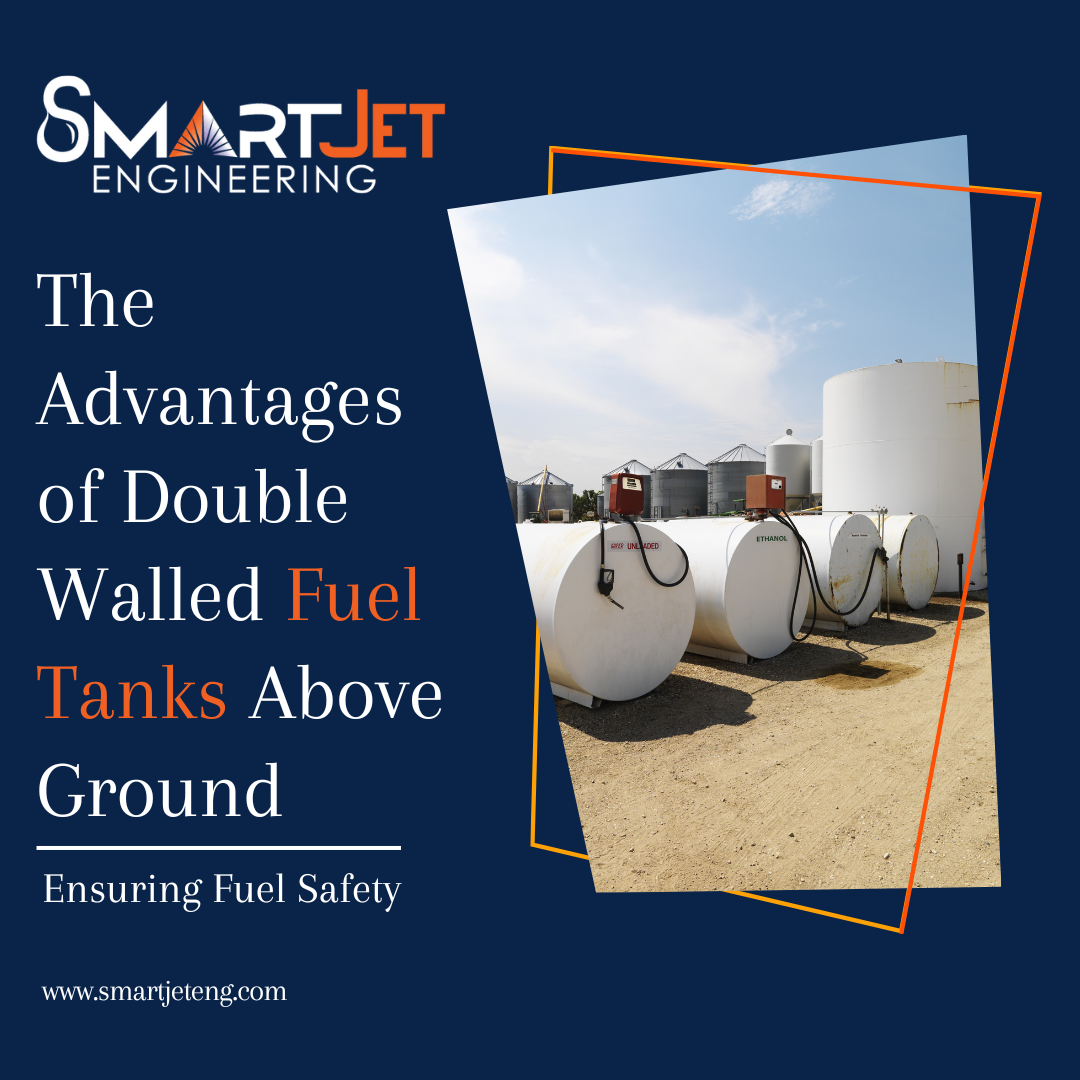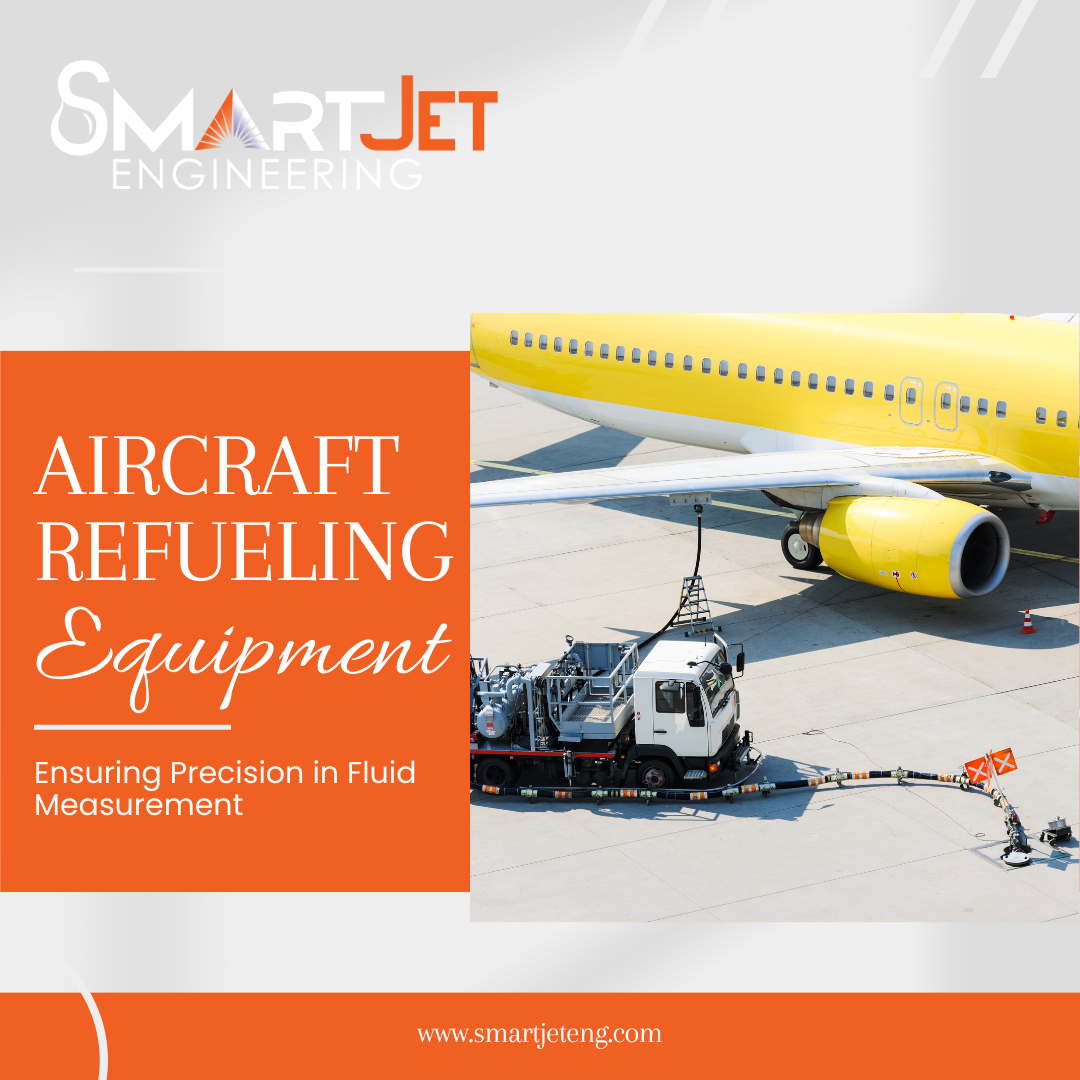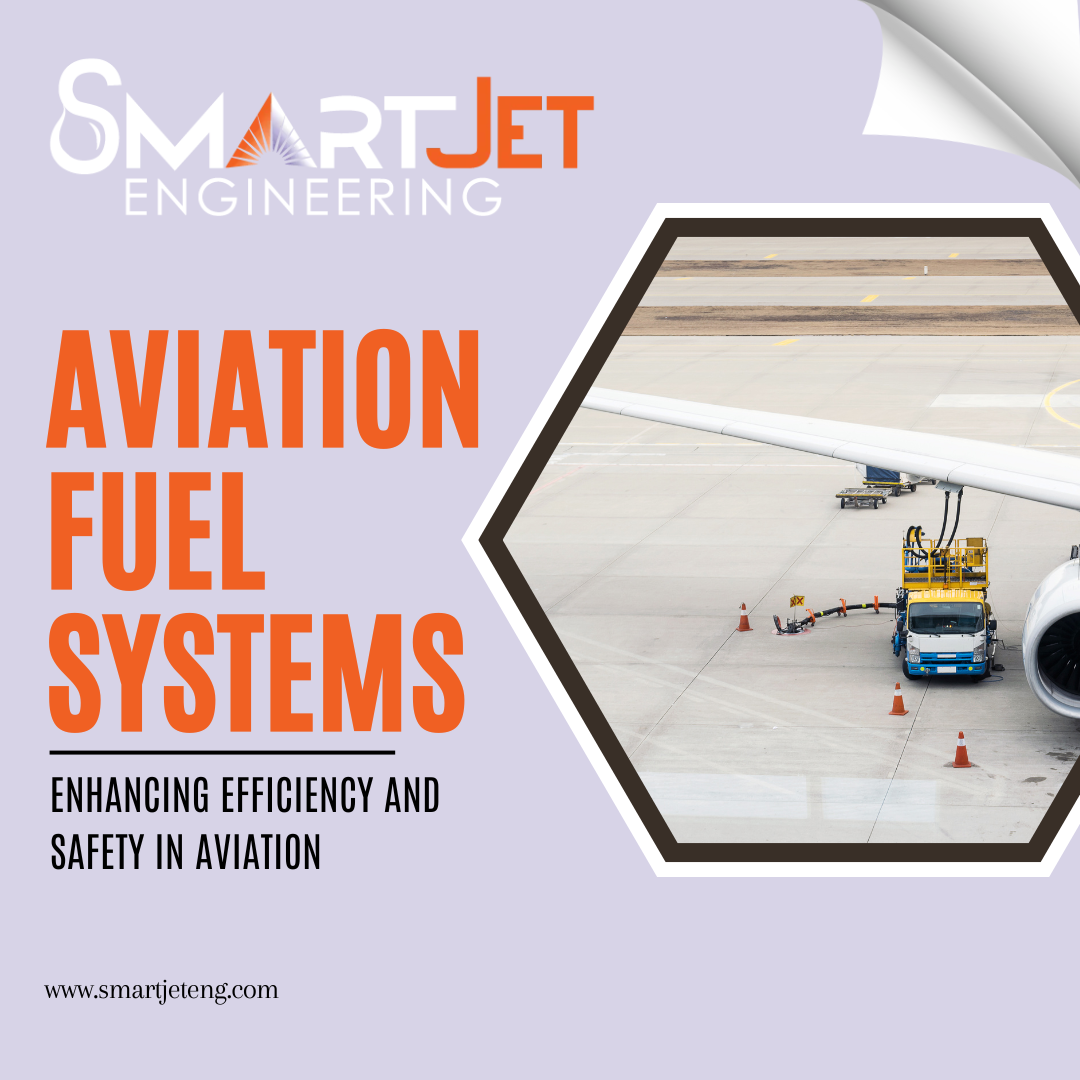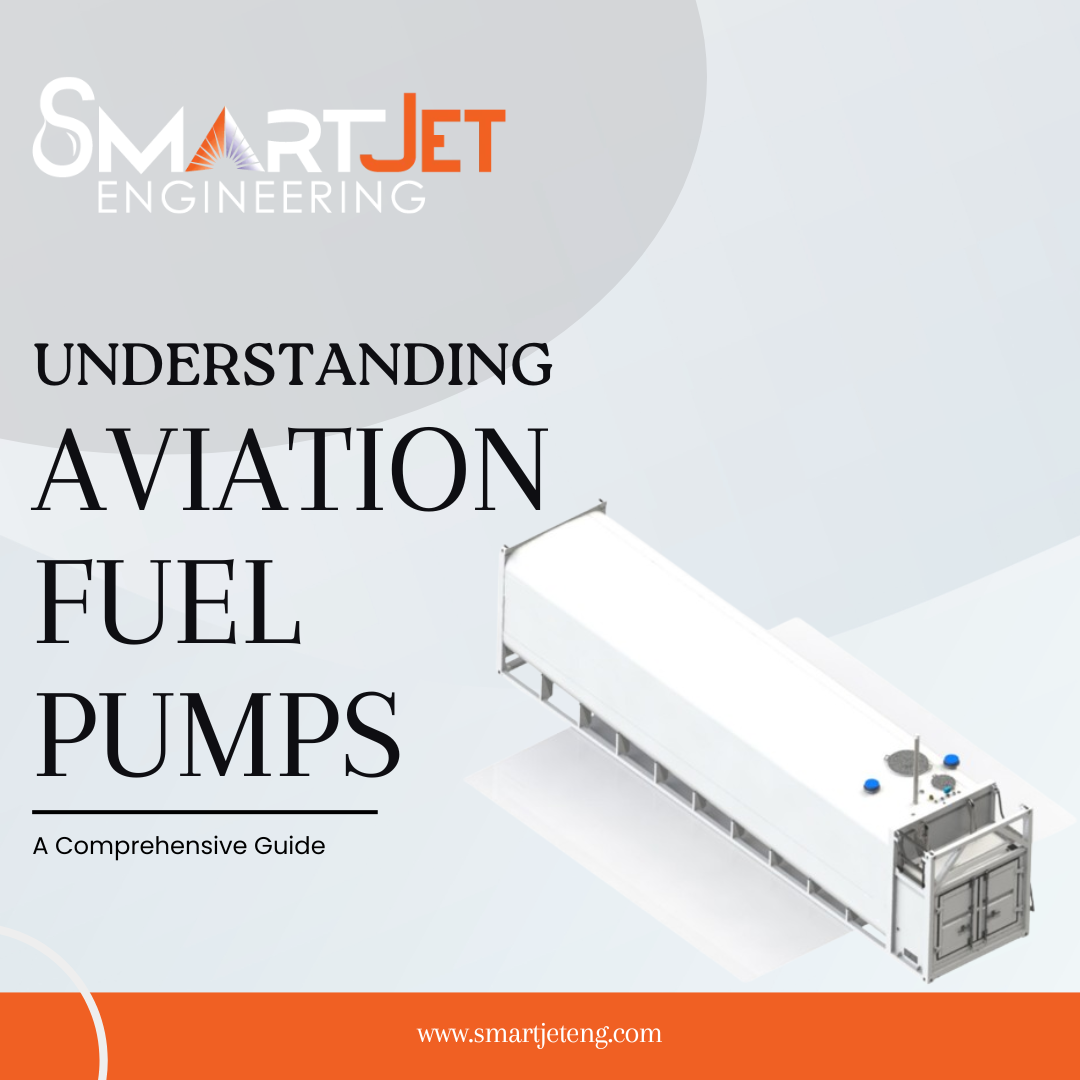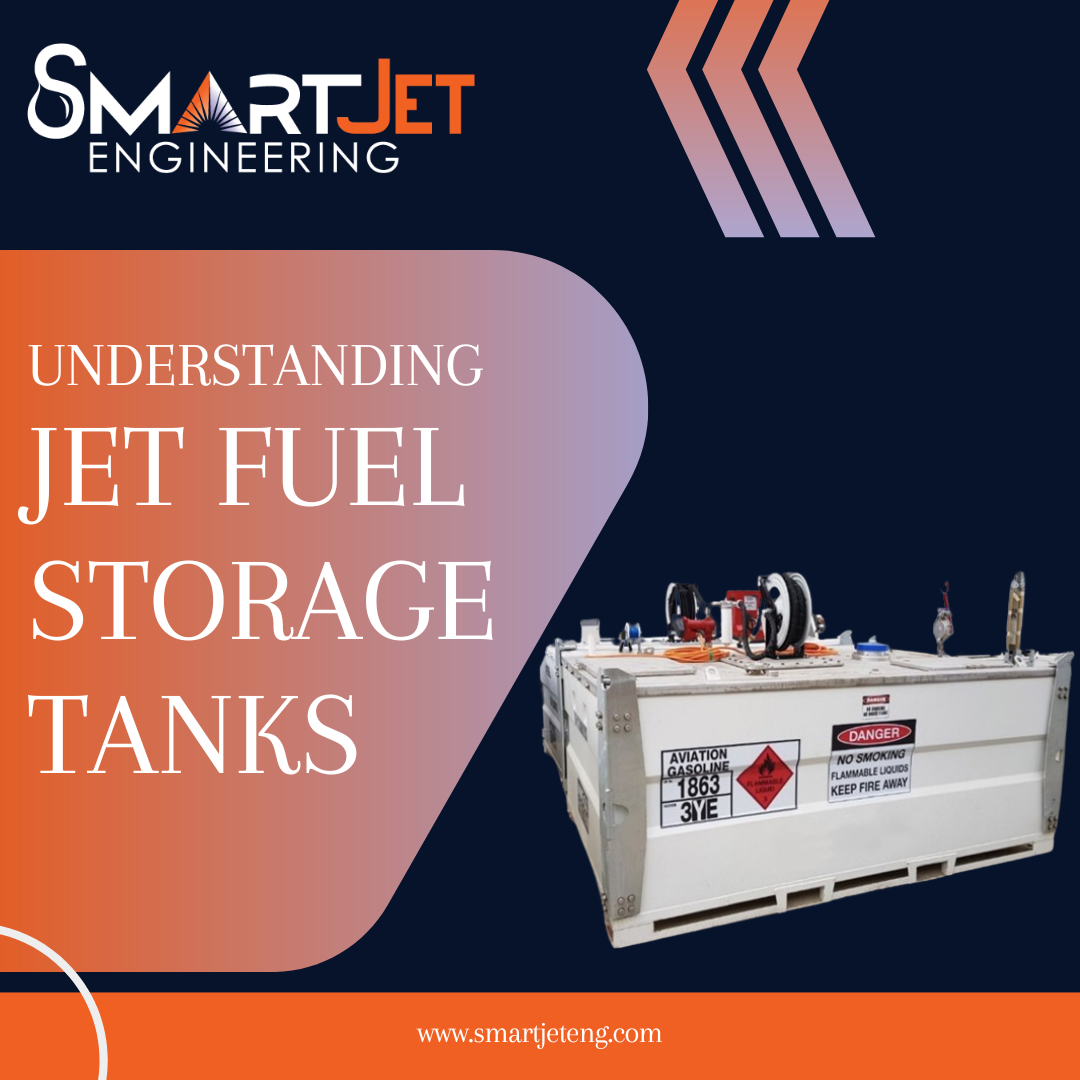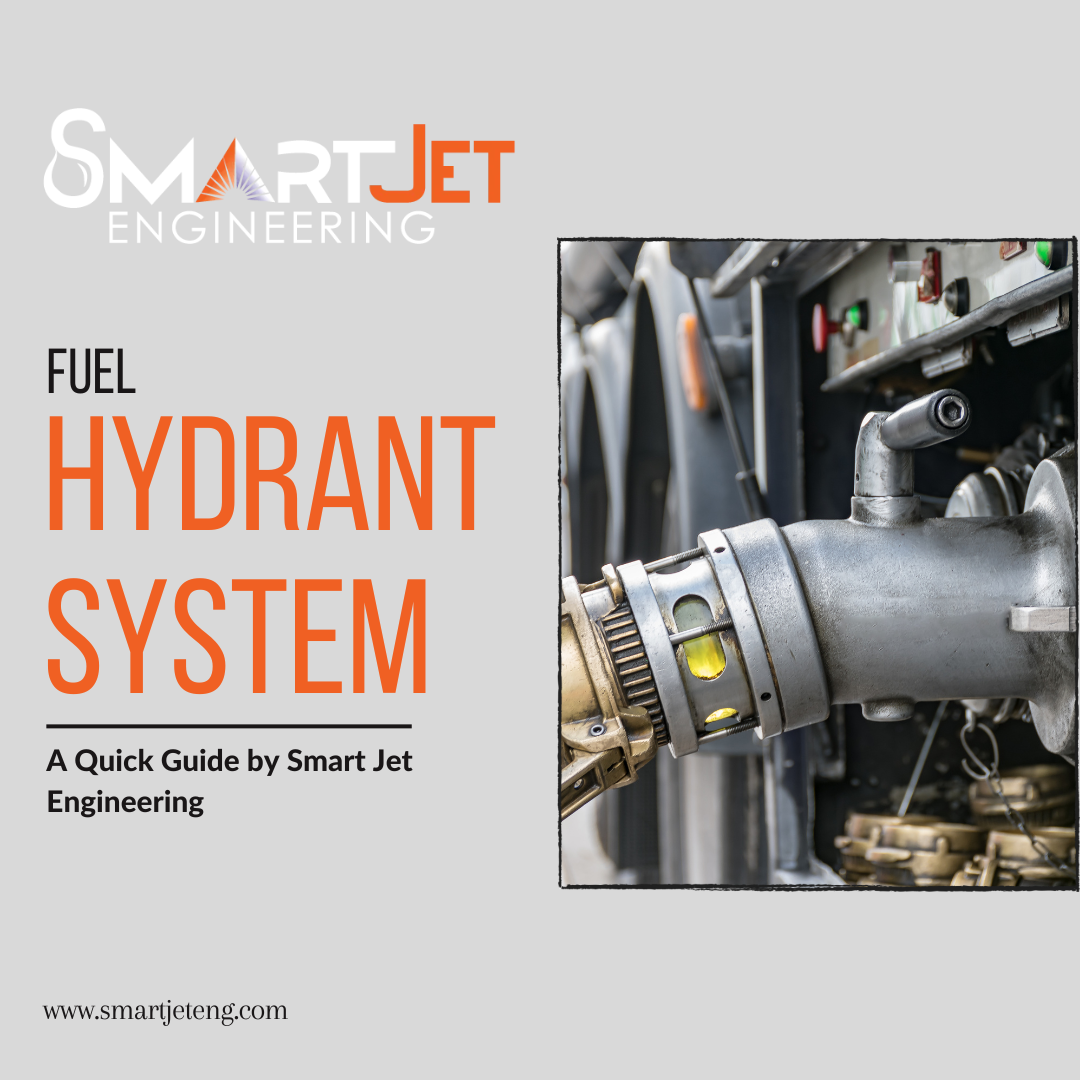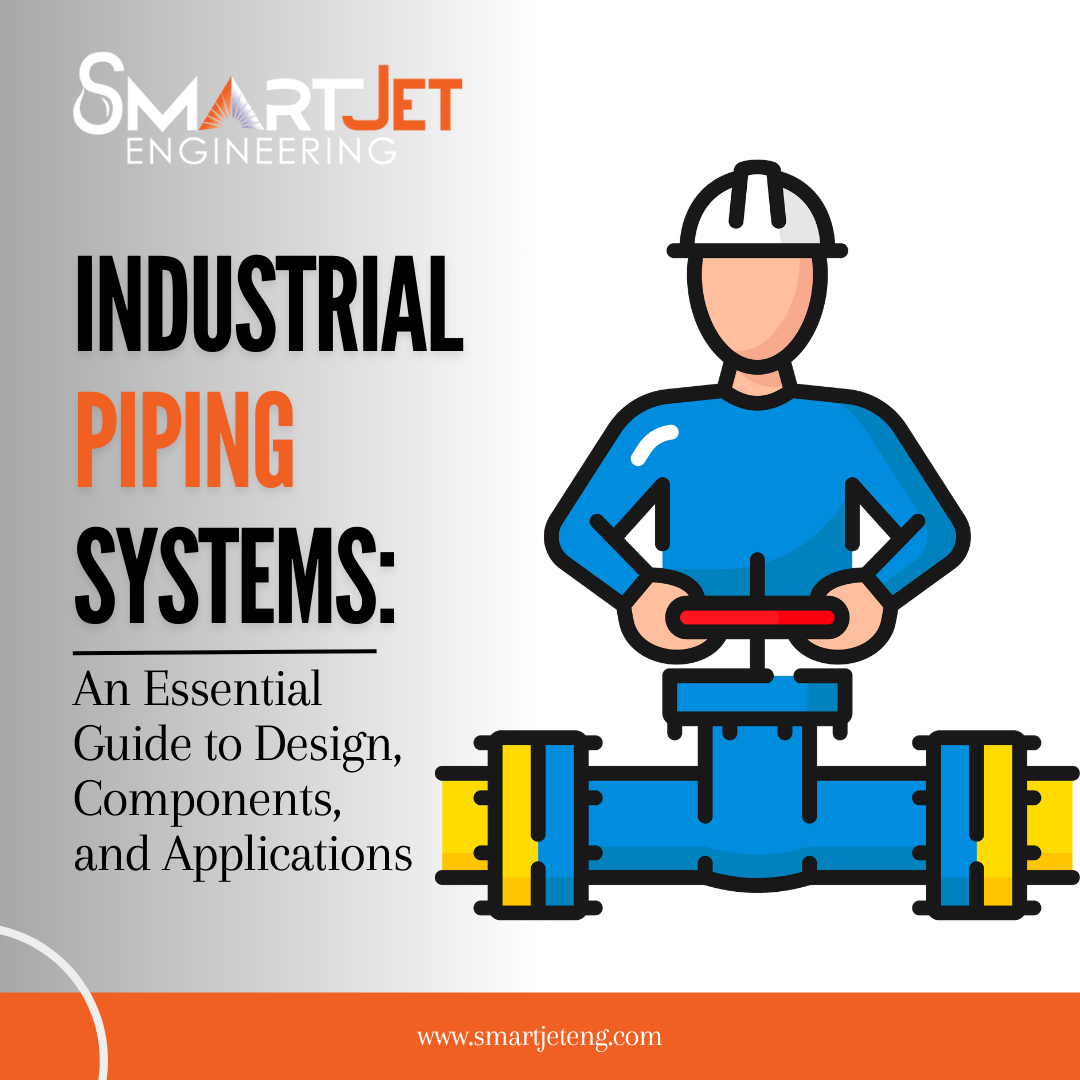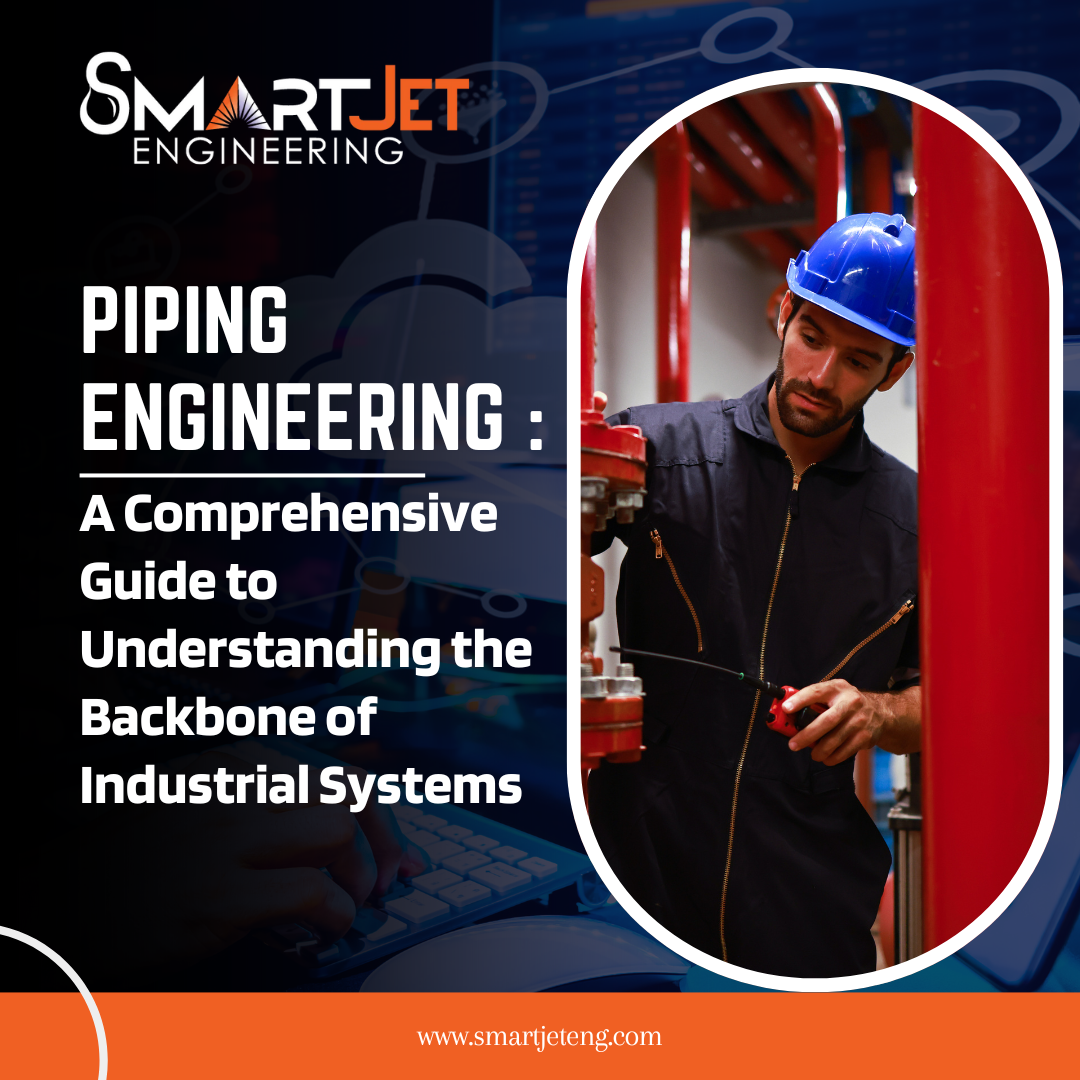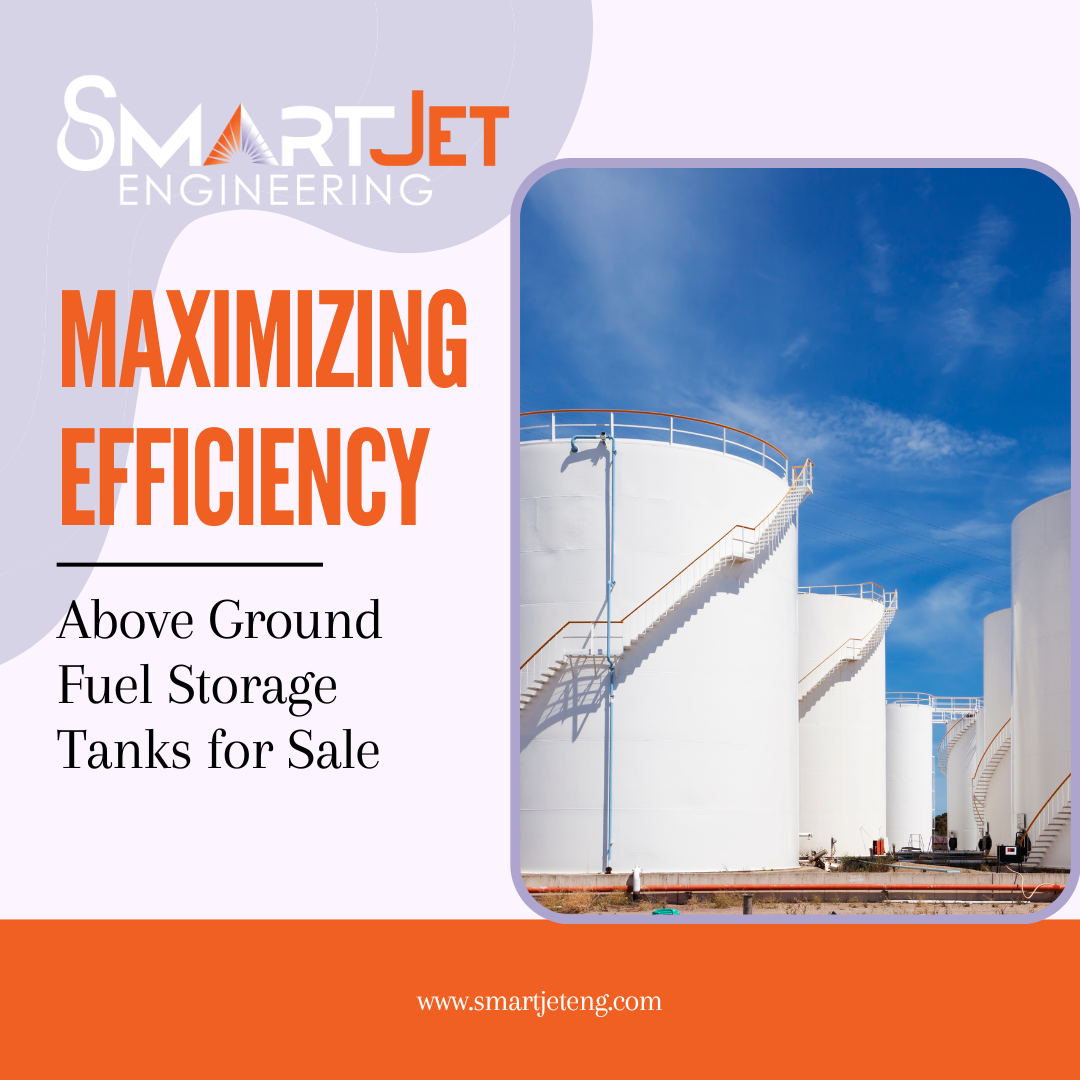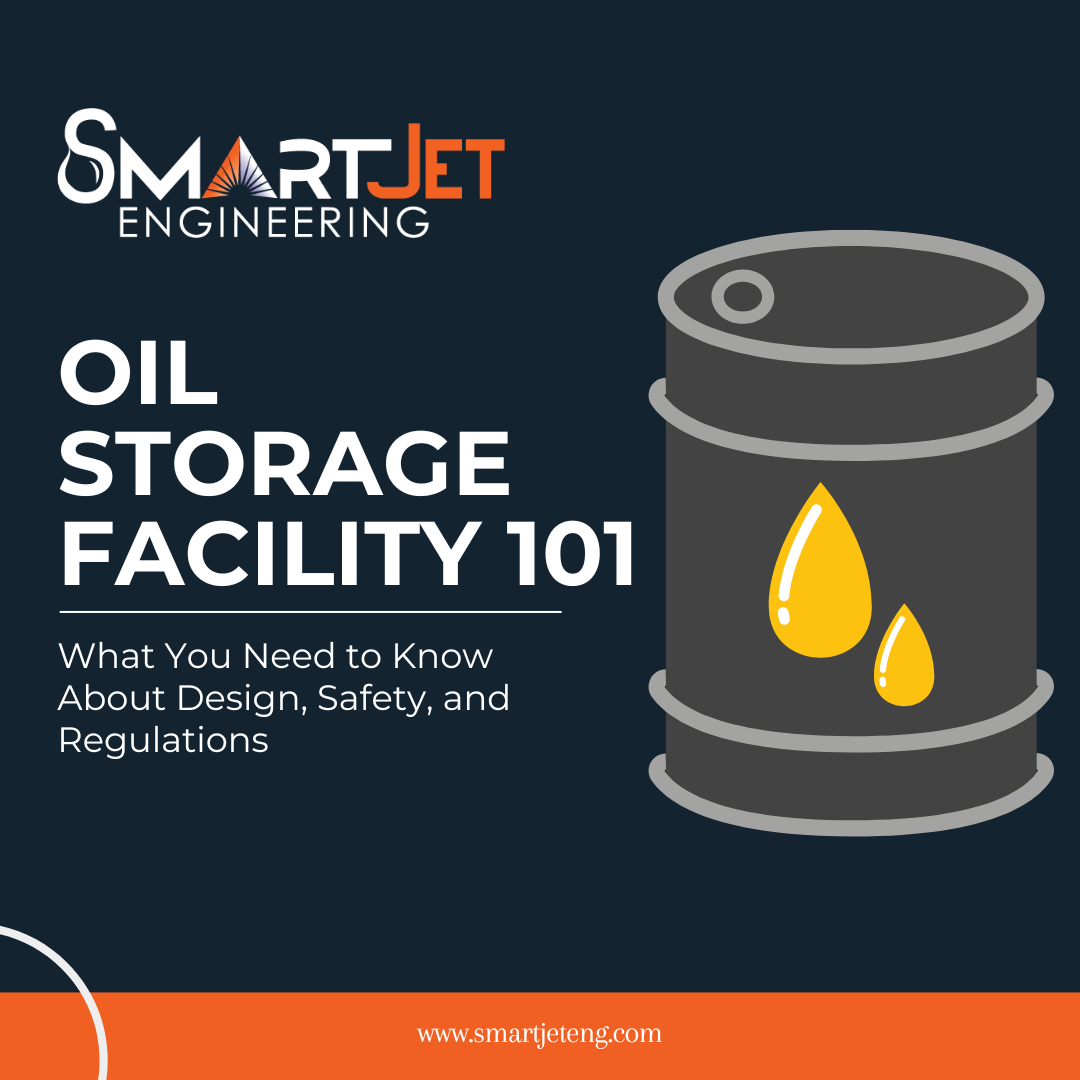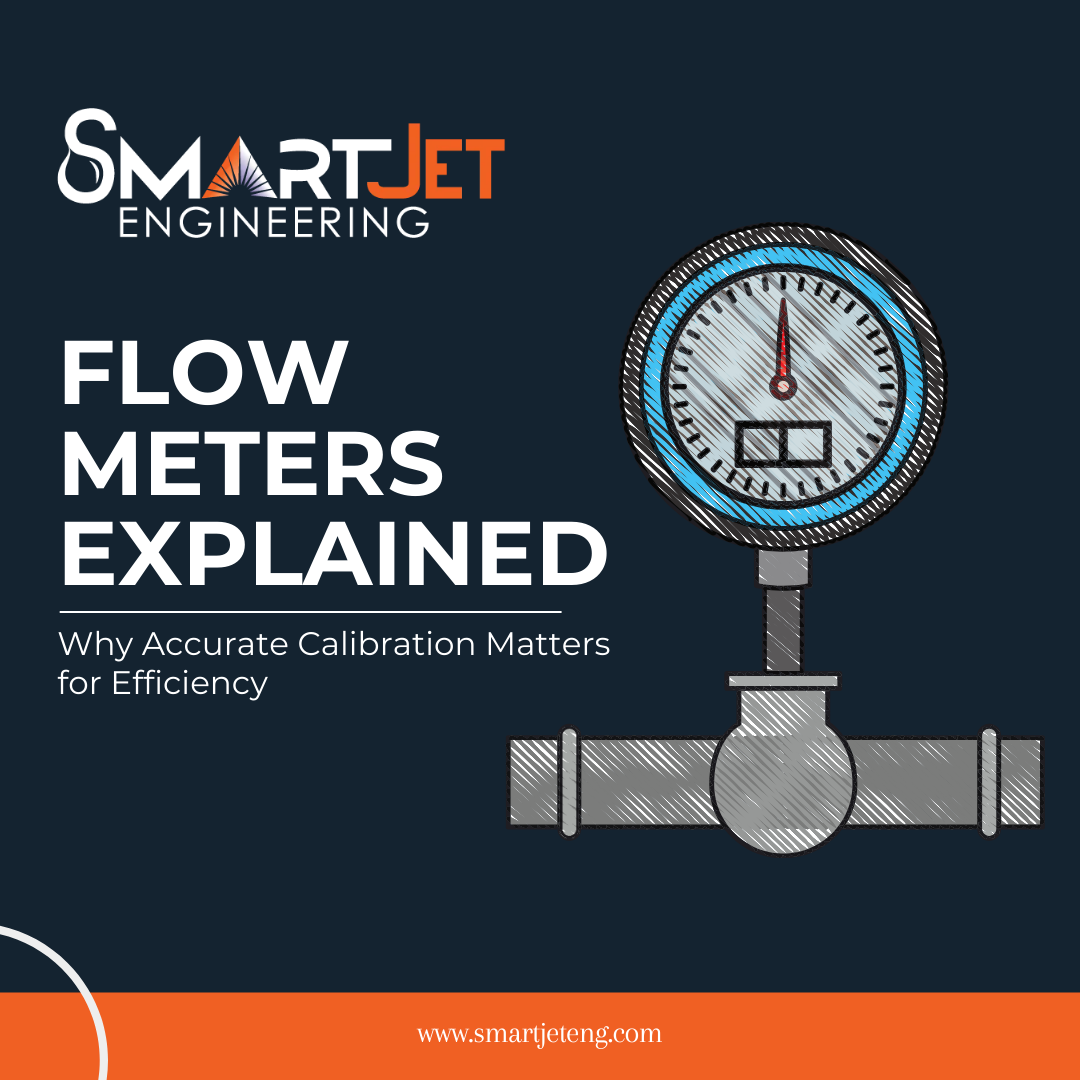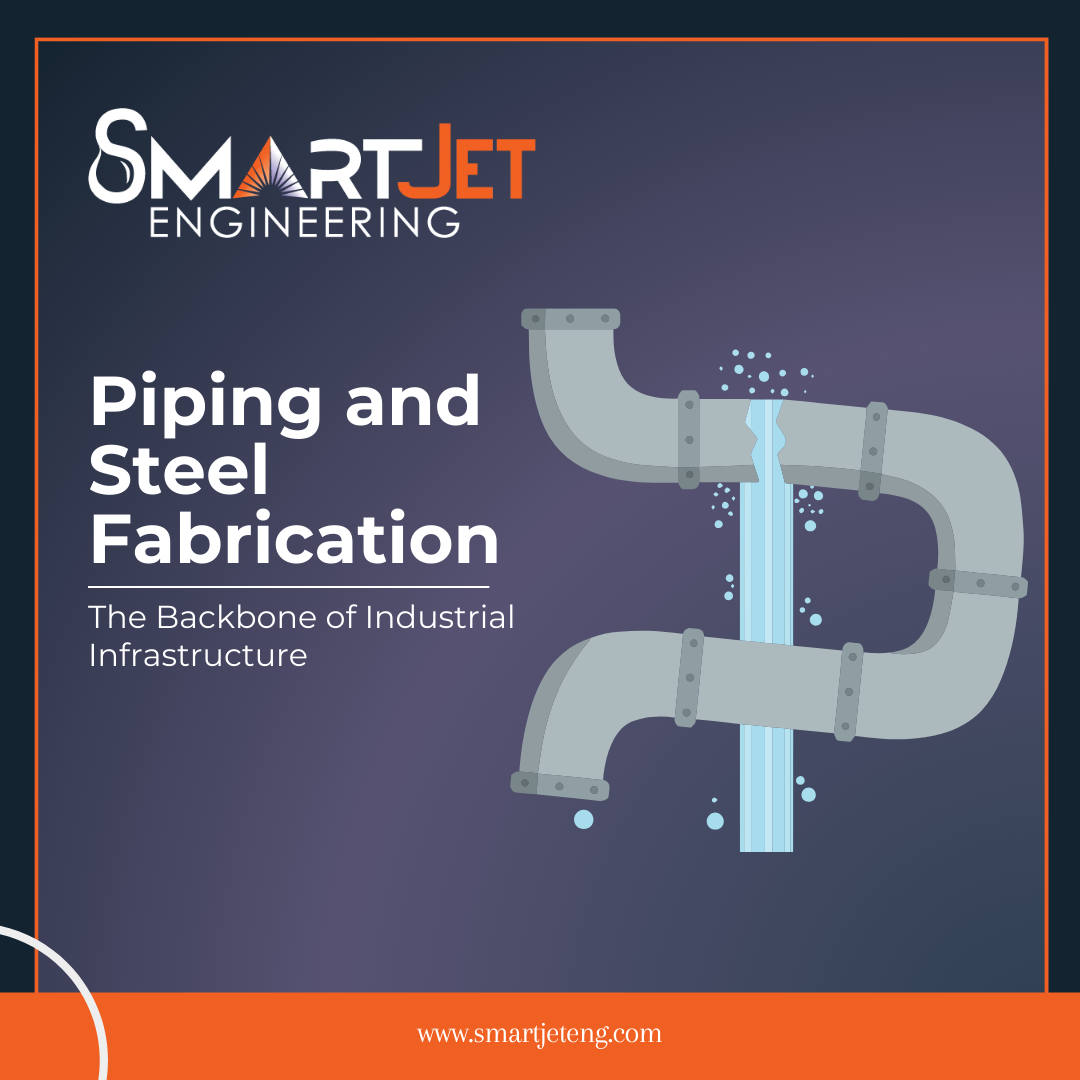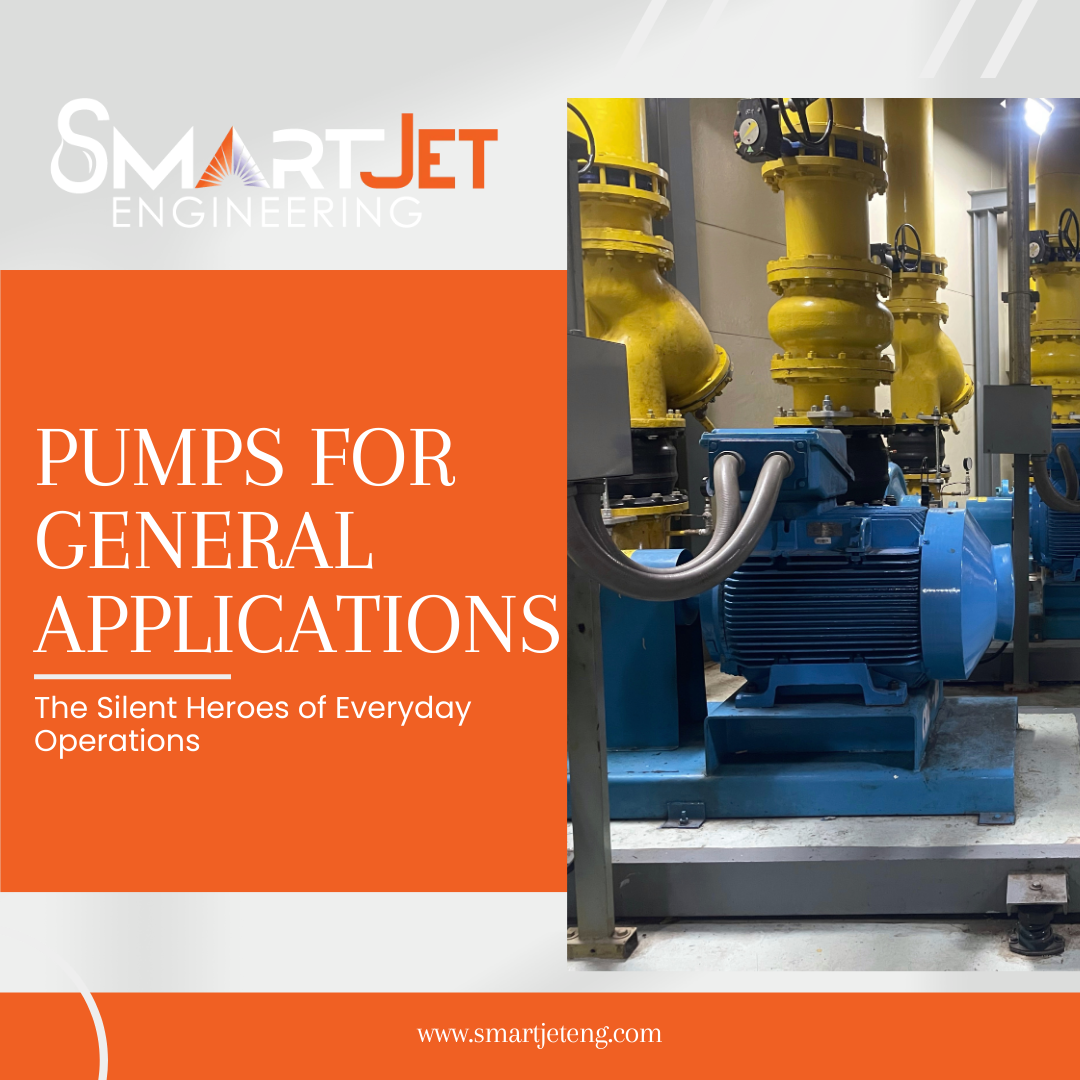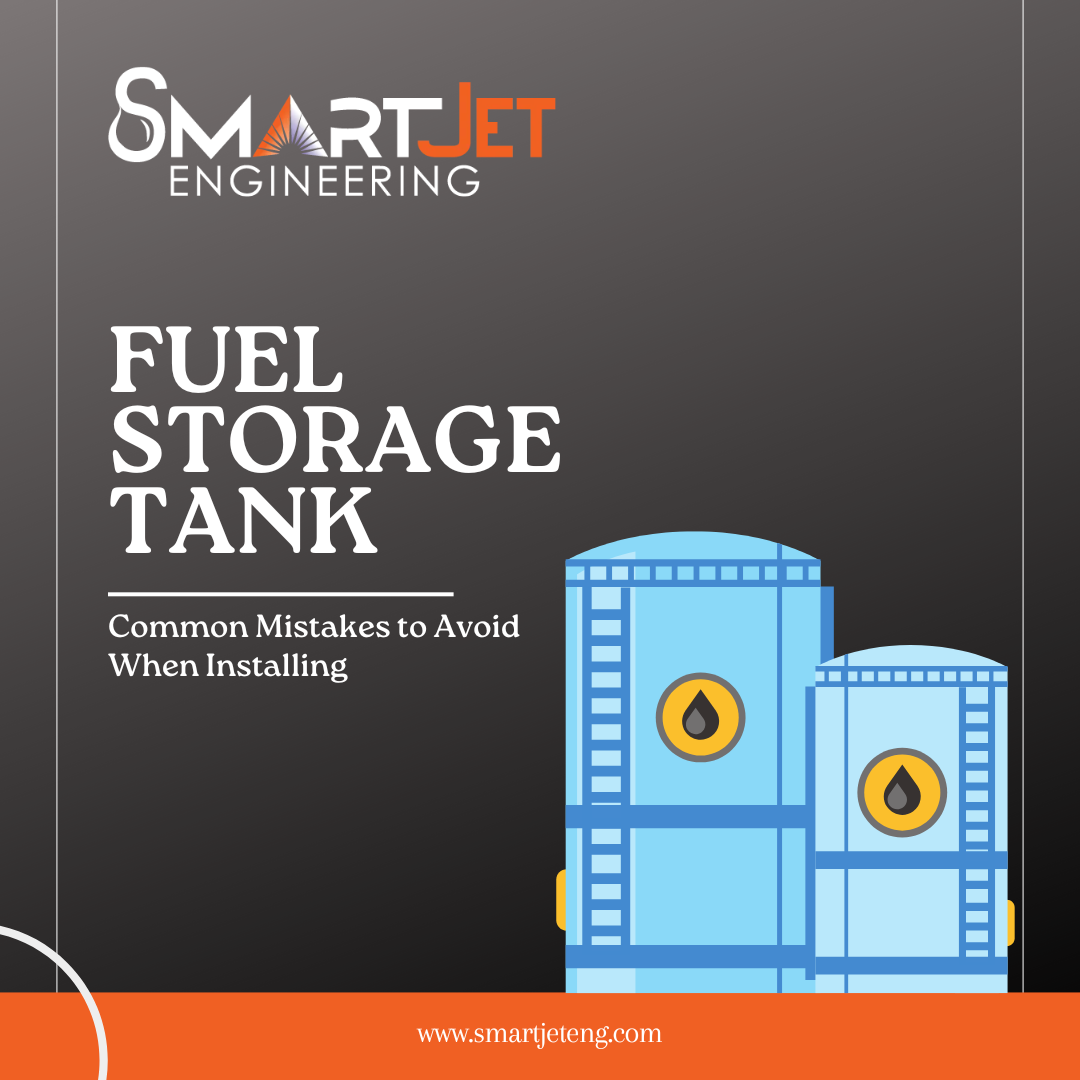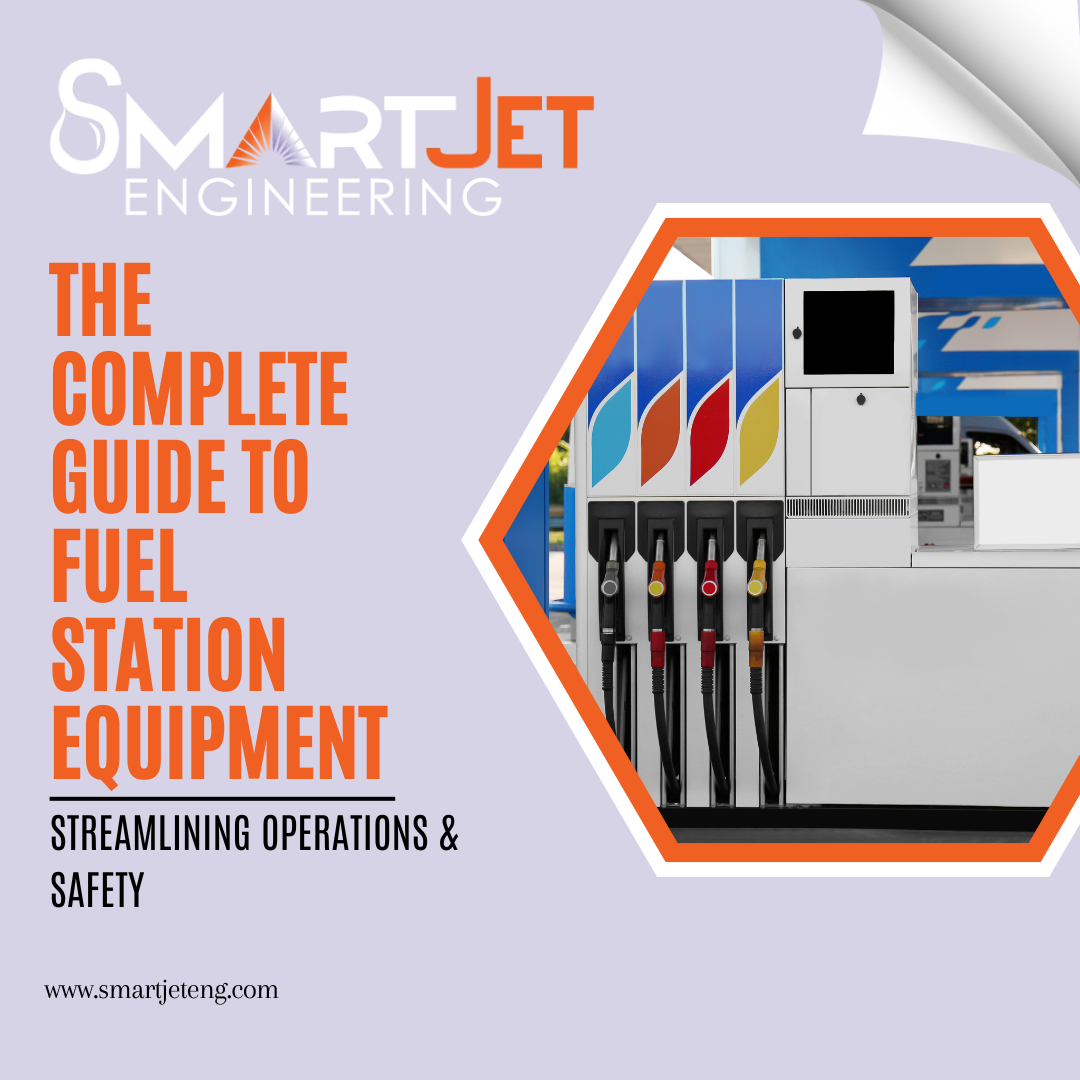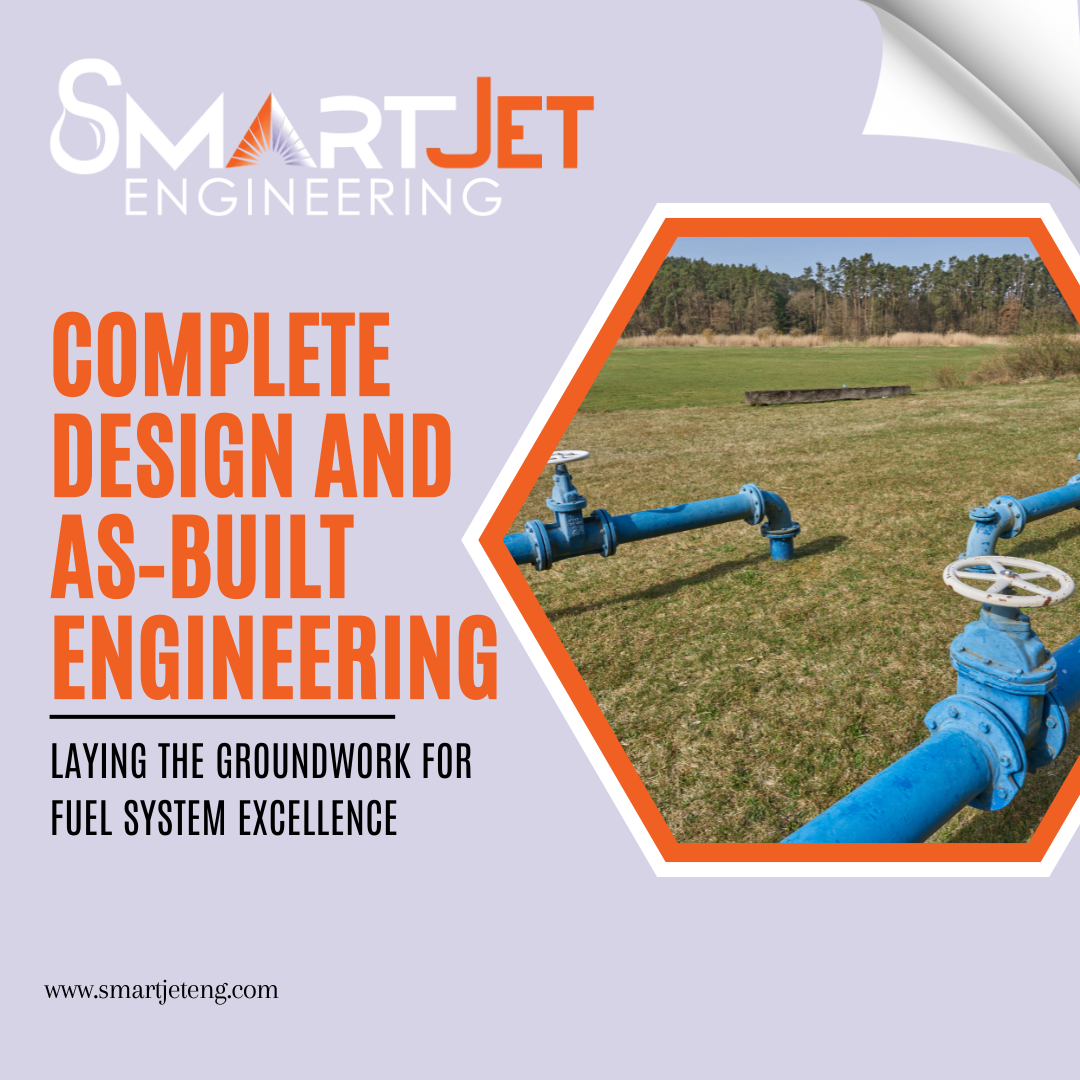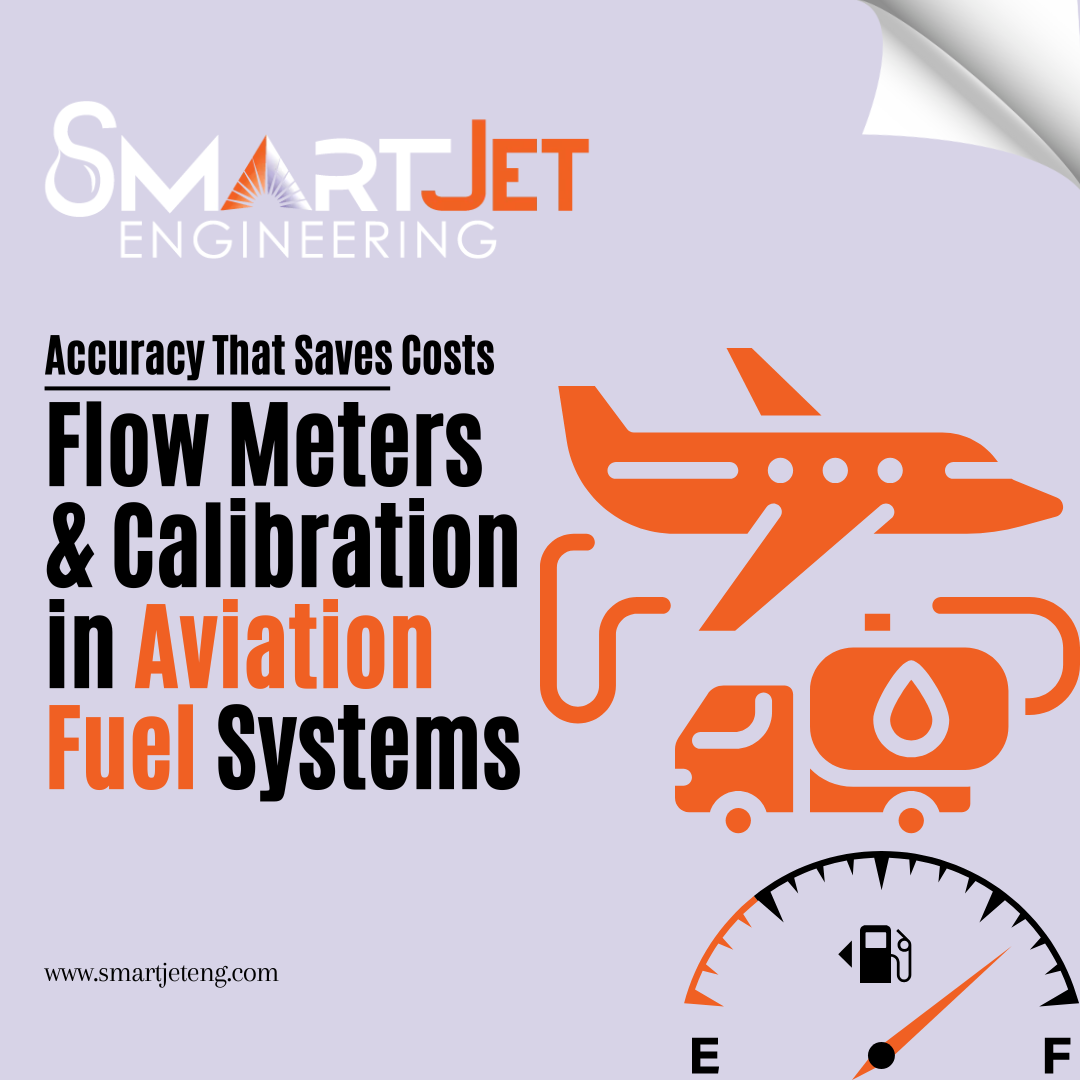Top 10 Must-Have Equipment for Fuel Stations
By - Admin
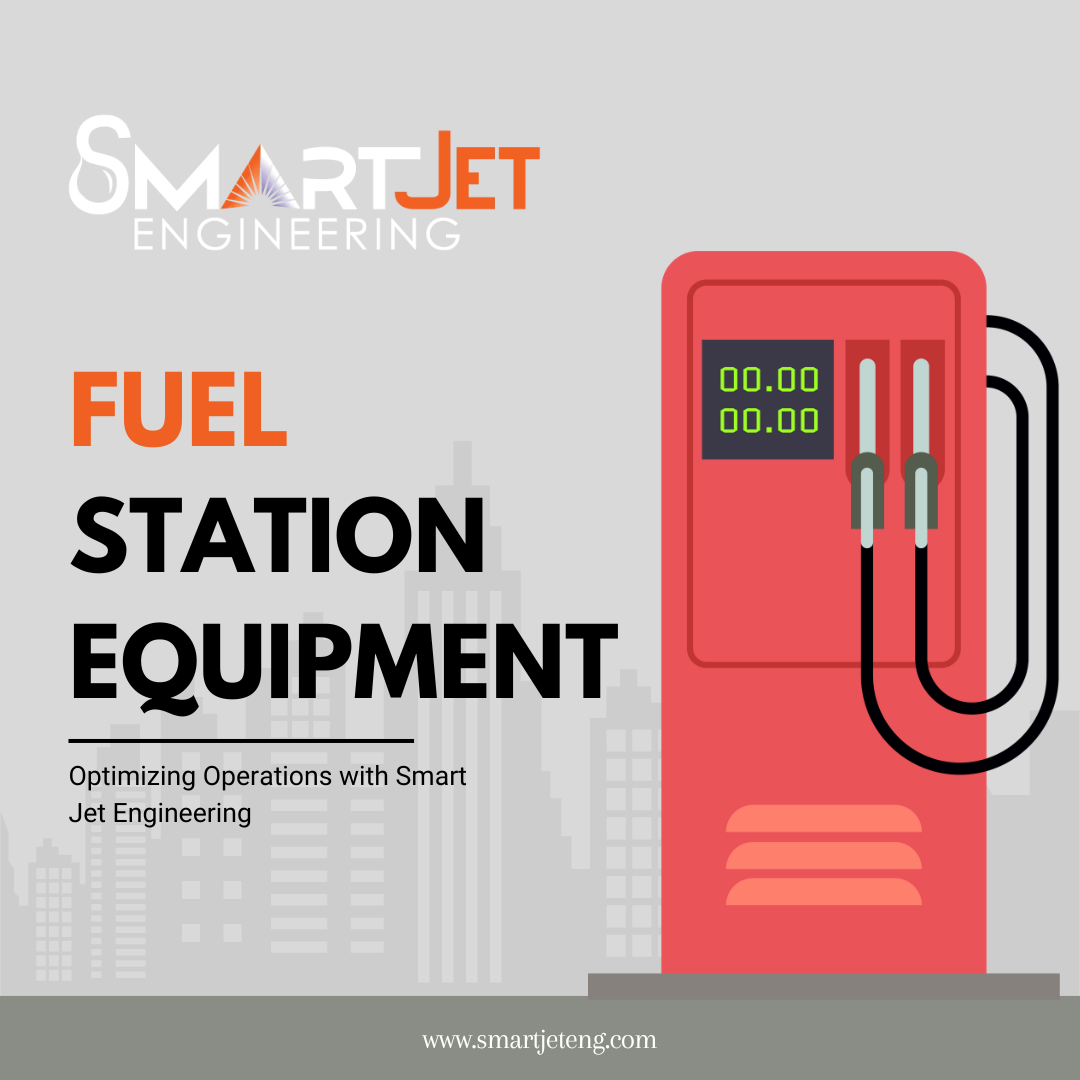
Top 10 Must-Have Equipment for Fuel Stations: Boosting Safety and Performance
Fuel stations are more than just places to refuel; they are critical service points that require careful attention to safety, efficiency, and customer satisfaction. From minimizing hazards to maintaining smooth operations, the right equipment can make all the difference. In this article, we’ll explore the top 10 essential pieces of equipment every fuel station needs to boost both safety and performance.
1. Fuel Dispensers
Fuel dispensers are the heart of every fuel station. A high-quality fuel dispenser ensures efficient, accurate, and safe fueling for customers. Modern dispensers come equipped with digital interfaces and self-service capabilities, which allow customers to manage their transactions with ease.
Advanced dispensers also feature programmable electronic meters that measure the fuel accurately and help prevent losses. For added safety, they may include emergency stop functions, leak detection, and robust breakaway couplings, which automatically halt fuel flow if the nozzle is yanked suddenly. Investing in reliable dispensers not only enhances customer experience but also ensures precise dispensing, reducing revenue loss from inaccuracies.
2. Automatic Tank Gauging (ATG) Systems
Automatic Tank Gauging systems play a vital role in fuel station management by constantly monitoring fuel levels and detecting any leaks. The system provides real-time data on fuel inventory, which helps station operators manage stock efficiently, reorder promptly, and avoid running out of fuel.
ATG systems are designed with high-precision sensors to alert operators of leaks, preventing environmental contamination and costly repairs. They can even detect minute changes in pressure and temperature within the tank, alerting staff to potential issues before they escalate. ATGs provide vital data that not only improves operational efficiency but also keeps fuel stations compliant with environmental regulations.
3. Vapor Recovery Systems
Fueling operations can release harmful vapors into the air, which pose health risks and contribute to environmental pollution. Vapor recovery systems capture and contain these vapors, reducing the environmental impact and improving air quality around the station.
There are two main types of vapor recovery systems: Stage I and Stage II. Stage I systems capture vapors when fuel is delivered to the station, while Stage II systems capture vapors during fueling. This equipment is crucial for meeting local environmental standards and demonstrating a commitment to eco-friendly practices. Customers and regulatory bodies alike appreciate fuel stations that take vapor control seriously, as it shows a dedication to community health.
4. Emergency Shut-Off Systems
Safety at a fuel station is paramount, and an emergency shut-off system is a must-have for quickly stopping fuel flow in case of a hazard. These systems can be manually or automatically triggered in the event of a fire, spill, or other emergency situation.
Emergency shut-off systems are usually placed in easily accessible locations, allowing staff or customers to cut off fuel flow instantly. This minimizes the risk of fires or explosions, protecting both people and property. Regular checks and testing of this equipment are crucial to ensure they function properly when needed. An effective emergency shut-off system is a small investment compared to the potential risks it helps prevent.
5. Fuel Management Software
In today’s digital age, fuel management software is becoming increasingly essential for effective station operation. This software provides real-time monitoring of sales, inventory, and even equipment maintenance schedules, which streamlines operations and improves decision-making.
A good fuel management system will integrate with both dispensers and ATG systems, allowing operators to view tank levels, fuel sales, and operational costs all in one place. Advanced software can even predict fuel needs based on historical data, helping fuel stations manage stock more effectively. Investing in fuel management software can reduce costs, optimize inventory, and provide a competitive edge by enabling seamless, data-driven operations.
6. Spill Containment Kits
Fuel spills are an inevitable part of operating a fuel station, but having a proper spill containment kit on hand is essential for safety and environmental protection. These kits usually include absorbent materials, protective gloves, containment barriers, and waste disposal bags.
When a spill occurs, station personnel can act quickly to prevent the spread of fuel, minimizing hazards to both people and the surrounding environment. Training staff on how to use spill kits effectively can make all the difference during an emergency. Moreover, some regions have regulations mandating that fuel stations maintain these kits on-site, so compliance is another benefit.
7. Overfill Prevention Valves
Overfill prevention valves are designed to stop the flow of fuel once a storage tank reaches its capacity, thereby preventing fuel from spilling out during delivery. These valves are critical for avoiding fuel overflow, which could otherwise lead to hazardous spills and financial losses.
Overfill prevention valves work by closing off the fill line when the tank is nearly full, providing a failsafe that minimizes human error. With this technology in place, fuel stations can confidently receive deliveries without the risk of overspill. This equipment not only improves operational safety but also helps protect the environment by preventing harmful spills.
8. Point of Sale (POS) Systems
A robust Point of Sale system is vital for efficient customer service. Modern POS systems are integrated with fuel dispensers and enable quick, easy transactions that streamline the refueling process for customers. They often support various payment methods, including credit cards, mobile payments, and loyalty points, enhancing the overall customer experience.
POS systems also generate valuable sales data, which fuel station owners can analyze to better understand customer preferences and improve service offerings. By investing in a reliable POS system, fuel stations can enhance transaction speed, improve customer satisfaction, and gain insights into business trends.
9. Fire Extinguishers and Fire Suppression Systems
Due to the flammable nature of fuel, fire safety equipment is an absolute necessity at any fuel station. Having strategically placed fire extinguishers, especially those designed for petroleum fires, can help contain small fires before they escalate. Fire suppression systems, which automatically release firefighting agents in case of a fire, add an extra layer of protection.
Regular inspections of fire extinguishers and training staff on how to use them effectively can further enhance safety. Some stations install fire suppression systems near dispensers and fuel storage tanks for rapid response. By prioritizing fire safety, fuel stations protect both their customers and assets.
10. Lighting and Security Cameras
Proper lighting and security measures contribute significantly to the overall safety and appeal of a fuel station. Bright, well-placed lighting not only deters crime but also helps customers feel safer, particularly at night. Security cameras, on the other hand, offer round-the-clock surveillance, monitoring activities at the station and deterring theft or vandalism.
Modern security cameras often come with remote monitoring capabilities, allowing station managers to keep an eye on operations even when offsite. High-quality lighting and surveillance systems demonstrate that a fuel station values its customers' safety and helps maintain a reputable image.
Conclusion
Equipping a fuel station with the right tools and technology is essential for providing safe, efficient, and customer-friendly service. From fuel dispensers to spill kits, each piece of equipment plays a role in ensuring smooth operations, regulatory compliance, and customer satisfaction. Fuel stations that invest in these essentials not only boost performance but also create a safer environment for customers and employees alike. For premium-quality fuel station solutions, Smart Jet Engineering provides reliable equipment and industry expertise, ensuring your station is always at its best.
FAQs
Q.1 Why is an ATG system important for a fuel station?
ATG systems monitor fuel levels and detect leaks, helping fuel stations manage stock efficiently and prevent environmental hazards.
Q.2 How does a POS system improve customer experience?
POS systems streamline transactions, support multiple payment options, and reduce wait times, making the refueling process faster and more convenient.
Q.3 What’s the role of spill containment kits in fuel stations?
Spill containment kits enable fuel station staff to quickly contain spills, protecting people, equipment, and the environment.
Q.4 Are vapor recovery systems legally required?
Many areas require vapor recovery systems to reduce pollution, and using them can help fuel stations stay compliant with environmental regulations.
Q.5 How does lighting improve fuel station safety?
Adequate lighting deters crime, enhances visibility, and improves the overall safety of a fuel station, especially during nighttime hours.
Search
Popular Posts
Tanker Refurbishment and Modification Services in UAE | Smart Jet Engineering
August 21, 2025
Structural Steel Fabrication and Assembly Services in UAE | Smart Jet Engineering
August 21, 2025
Steel Fabrication Services in Ajman, UAE | Smart Jet Engineering
August 21, 2025
UL 142 Certified Self-Bunded Modular Fuel Tanks Supply in UAE | Smart Jet Engineering
August 21, 2025
Turnkey Contracting for Aviation Fuel Systems & Infrastructure in UAE | Smart Jet Engineering
August 21, 2025


